- ~ Home
- ~ Camino Portugués (The Portuguese Way)
- Camino Portugués Coastal Route and Senda Litoral Guide
Jump to Camino Portugués Stages
Camino Portugués Coastal Route and Senda Litoral Guide: Highlights and Tips
Disclosure: the PilgrimageTraveler.com is an associate of Booking.com, Roamless, and Amazon. As associates of these merchants, we earn from qualifying purchases from our links.
Last updated:
This Camino Portugués Coastal Route and Senda Litoral guide invites you to discover awe-inspiring pilgrimage paths largely tracing the Atlantic shoreline from Porto, Portugal to Redondela, Spain. Either path offers meaningful opportunities for connection, reflection, and spiritual growth.
While the Coastal Route often includes inland sections, its seaside variant, the Senda Litoral, hugs the coastline as much as possible, often following picturesque boardwalks (passadiços). Both offer pilgrims an unforgettable experience of sea breezes, seaside villages, dramatic cliffs, and the soothing rhythm of ocean life. Both deliver beauty and solitude for those seeking a refreshing alternative to the traditional Central Route.
In this article, I will only cover the Portugués Coastal Route and its variants on the Senda Litoral, for those interested in a deeper dive of this section of the pilgrimage.
The Portuguese Coastal Way travels from Porto, through Portugal until Caminha, when it crosses the Minho River into Spain and continues along the coast through the historic cities of Baiona and Vigo, before joining the Central Route in Redondela for the final 88 kilometers to Santiago.
For a more detailed comparison of all three routes from Porto to Santiago, please see Central vs Coastal vs Senda Litoral.
For detailed information for each and every stage along this Camino from Porto, please jump to the Camino Portugués Coastal Route/Senda Litoral Stages.
“No one saves us but ourselves. No one can and no one will. We ourselves must walk the path.” ~ Buddha
🙋♀️ Why Trust Us at the Pilgrimage Traveler?
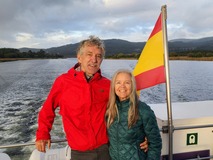
We’re not a travel agency ~ we’re fellow pilgrims! (See About Us)
We've trekked Pilgrimage Routes Across Europe since 2014!
💬 We’ve:
- Gotten lost so you don’t have to. 😉
- Followed waymarks in the glowing sunlight, the pouring rain and by moonlight. ☀️🌧️🌙
- Slept in albergues, hostels & casa rurals. Ate and drank in cafés along the way. 🛌 😴
- Created comprehensive and downloadable GPS maps and eBook Guides, full of must-have information based on real pilgrimage travels. 🧭 🗺️
- Shared our complete journeys, step by step to help YOU plan your ultimate pilgrimage and walk with your own Heart and Soul. 💙✨
Every detail is from our own experiences. Just fellow pilgrims sharing the Way. We have added a touch of spirituality, heartfelt insights and practical guidance from the road ~ offering a genuine connection to the spirit of pilgrimage. Tap into the wisdom of seasoned pilgrims!
Ultreia and Safe Pilgrimage Travels, Caminante! 💫 💚 🤍
What is the Difference Between the Coastal Route and the Senda Litoral?
The reason to cover both the Coastal Route and the Senda Litoral in the same article is that they actually criss-cross one another and you can mix and match the routes as you go depending on your personal preference. The weather also plays into your daily decision-making. Coastal boardwalks can be challenging in wet, windy conditions. Choose your route accordingly.
If you are interested in crossing over from the Coastal Route to the Central Route, there are three viable ways to do that! Jump to my Crossover Guide Here.
For a visual of how the Coastal and Senda Litoral intertwine, you can jump to our interactive maps of the routes below.
The Coastal Route is the official route, recognized by the Pilgrim's Office in Santiago de Compostela. The Senda Litoral is not technically an official route by itself, but a variant(s) of the Coastal Way.
The Senda Litoral is most certainly not a through route. For about 3-4 stages there is no choice, but to walk the standard Coastal Route.
Despite common belief, most of the Senda Litoral variants are now clearly marked, except for a few sections. You will have no problem following these waymarks on the orange GPS routes we have placed on our interactive map below. For a detailed guide for each and every stage where there is a Senda Litoral variante, jump to the Senda Litoral Route stages.
Several times we did choose to walk several kilometers on the beach instead of beside it, but only if it was hard packed and easily accessed, like the Praia America, below.
Given the option, the Senda Litoral is almost always longer than staying on the Coastal Route, and it often depended on how tired we were or how far out of the way it was, which route we chose. (Rest assured that we have explored each and every possible route!)
 Elle walking on the Praia America, Day Twenty-One, Senda Litoral
Elle walking on the Praia America, Day Twenty-One, Senda LitoralHow Long is the Coastal Route and the Senda Litoral?
- Coastal Route: Approximately 274 km (170 miles).
- Senda Litoral: This variant adds a few kilometers to the total distance compared to the Coastal Route. It also begins in Porto, generally around 280 km (174 miles).
How Many Days Does it Take to Walk the Coastal Route and the Senda Litoral?
For the Portuguese Coastal Way: It will most likely take you 10-14 days, depending on how many kilometers/day you are willing and able to walk.
For the Senda Litoral Variants: While slightly longer on some stages, most likely it will take you the same amount of days as the Coastal, 10-14 days.
If you can plan to have a rest day or two in my favorite cities like Vila do Conde, Baiona, or Vigo, and perhaps an extra day in the beginning, in the vibrant city of Porto and a final one or two in Santiago de Compostela, I would personally budget at least two weeks.
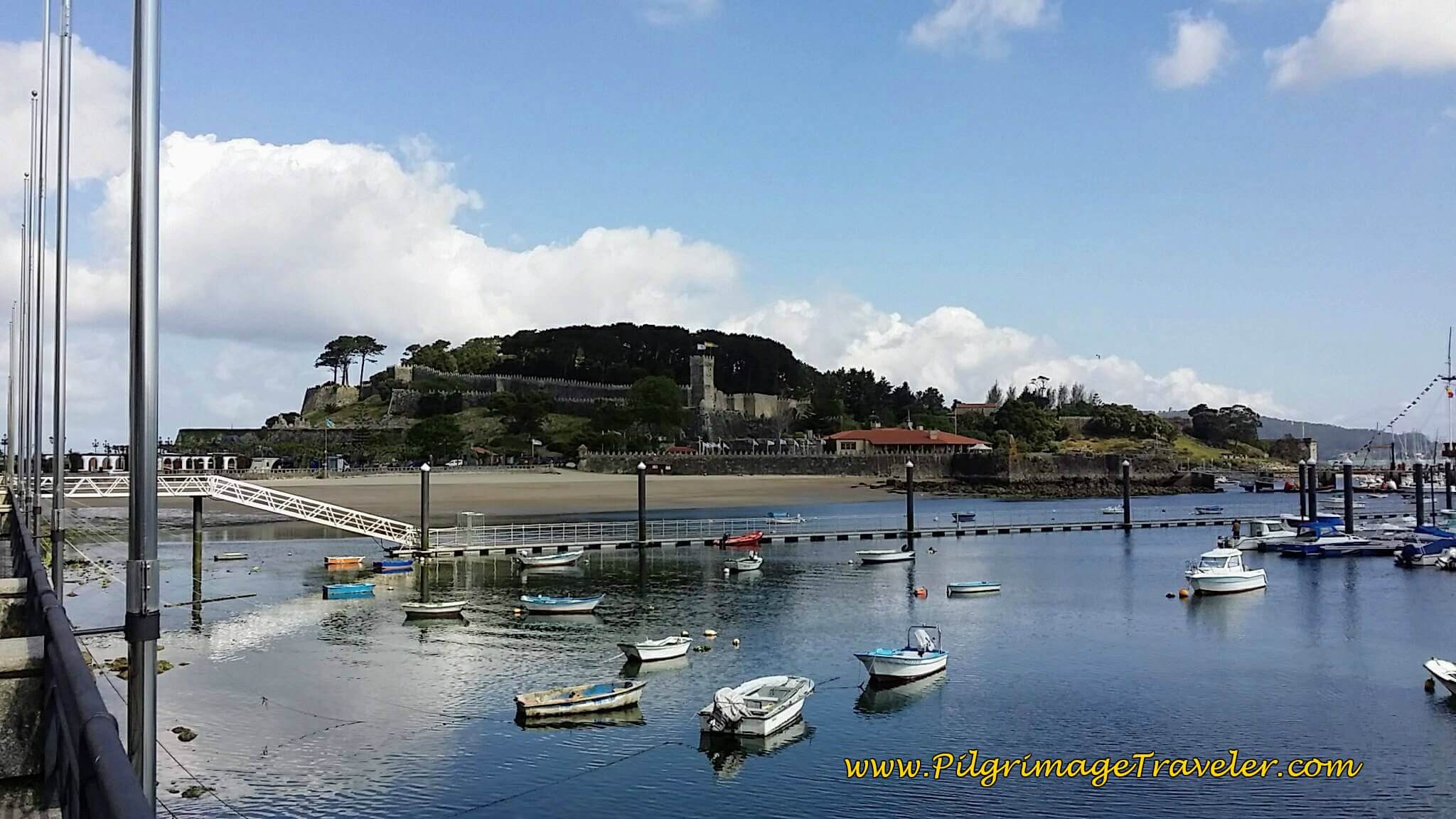 Castelo de Monterreal in the Bay of Baiona, Day Twenty, Senda Litoral
Castelo de Monterreal in the Bay of Baiona, Day Twenty, Senda LitoralHow Difficult is the Portugués Coastal Route and the Senda Litoral?
For the Coastal Route: This pilgrimage path is of moderate difficulty and quite accessible for most pilgrims. Contrary to popular belief, the Portuguese Coastal Way is not all that easier than the Central Route!
It came as a total surprise to me when I added up each and every day's elevation changes and got this:
- Total Elevation Gain: 3604 meters (11,824 feet)
- Total Elevation Loss: 3662 meters (12,014 feet).
That's a lot of elevation changes for what is supposed to be a cake walk along the coast!
What was even more of a surprise is that the total elevation changes for the Central Route was a bit less than the Coastal Route! Really and truly! (For a side-by-side comparison, see Central vs Coastal vs Senda Litoral.)
What most pilgrims don't realize is that almost every day on the Coastal Route, you climb up and out of a town/area from sea level, then descend back down to sea level to end at the next town. This is intentional, to follow the more historic routes, that I will explain further in the historical section below.
Also, I believe, that along the Central Route, there are more sustained and longer climbs that make it feel harder than the Coastal. Consider trying this out ~ stick only to the Coastal Route for this entire Camino and see for yourself how many elevation changes there are, and how much effort it feels like to you!
To see for yourself the elevation changes of each individual day and a full description of its difficulty, make sure you click on the Camino Portugués Coastal Route/Senda Litoral Stages.
For the Senda Litoral: Walking along the Senda Litoral variants is a whole different matter! These variants truly are flat with almost no elevation changes at all! This route is the easiest by far and I believe the reason most pilgrims choose it. However, as you shall see below, to take every variant is to miss some of the history that makes it feel more like a true pilgrimage (in my opinion, of course!).
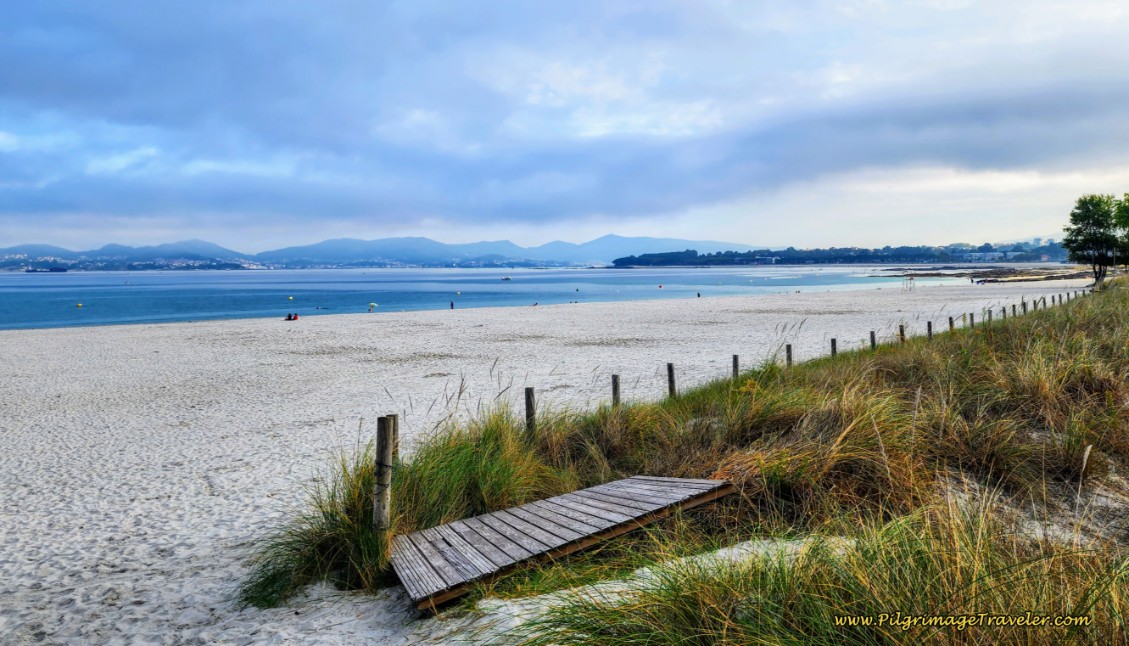 Along the Senda Litoral, Praia de Vão, Vigo, Day Twenty-One, Senda Litoral
Along the Senda Litoral, Praia de Vão, Vigo, Day Twenty-One, Senda LitoralWhen is the Best Time of Year to Walk the Coastal Route and the Senda Litoral?
For the Senda Litoral: Obviously, if you are into the beach and want to take frequent swims, the summer months are the best time on the Senda Litoral! Note that you will be joining the throngs of summer beach-going holiday-makers for this privilege, plus additional pilgrims who walk in the summer months!
However, to avoid the summer crowds and avoid the competition for services, we recommend walking on the off-seasons of early spring and late autumn, as the Senda Litoral continues to grow in pilgrim popularity. Often the weather is nice enough to enjoy time on the beach and even walking on it, if the water is too cold to swim.
For the Coastal Route: For those sticking entirely to this route, you will have less competition from holiday-makers and will find it less crowded than the Senda Litoral variants, especially during the summer months.
For both routes, note that most pilgrims walk in the high summer months of June, July and August, especially local pilgrims. April and September are often busy too, but less so.
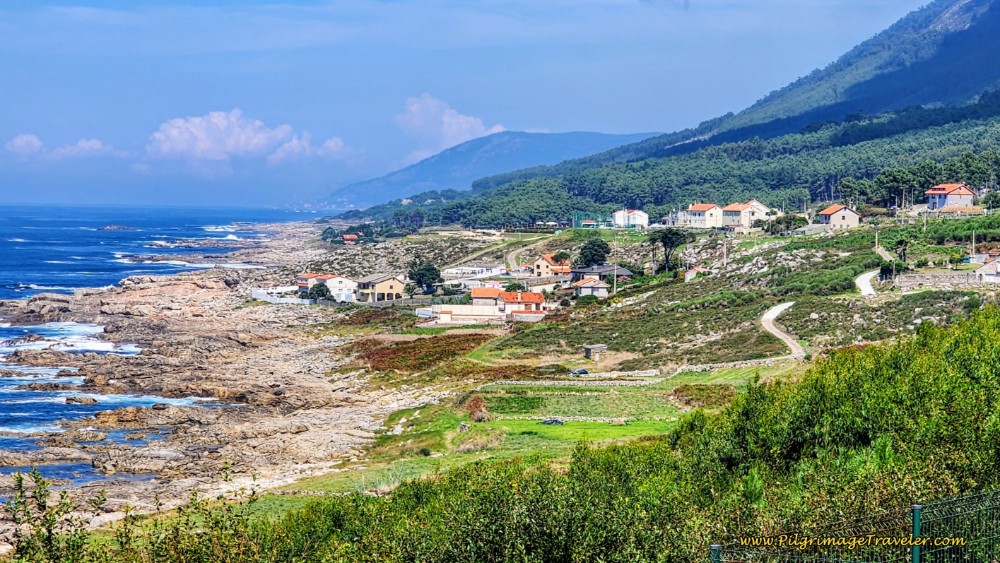 Shared Coastal and Senda Litoral, Day Nineteen
Shared Coastal and Senda Litoral, Day NineteenWhere is the Official Starting Point of the Camino Portugués Coastal Route and the Senda Litoral in Porto?
For both the Camino Portugués Coastal Route and the Senda Litoral, the starting point is at a concrete waymark, right in front of the Sé do Porto, the main cathedral on the northern shores of the Douro River in the heart of town. Here is my husband, Rich at the 248 kilometer waymark, below, the first official waymark. The "248 Km" on the waymark is for the Central Route, as we know the Coastal is about 30 km longer.
The Coastal Route begins here, turns to the right by the Cathedral, and follows the same inland path as the Central Route for 6.2 kilometers. At the divergence, the Coastal Route now turns left and heads toward the sea. For a full description, see our day fifteen on the Coastal Way.
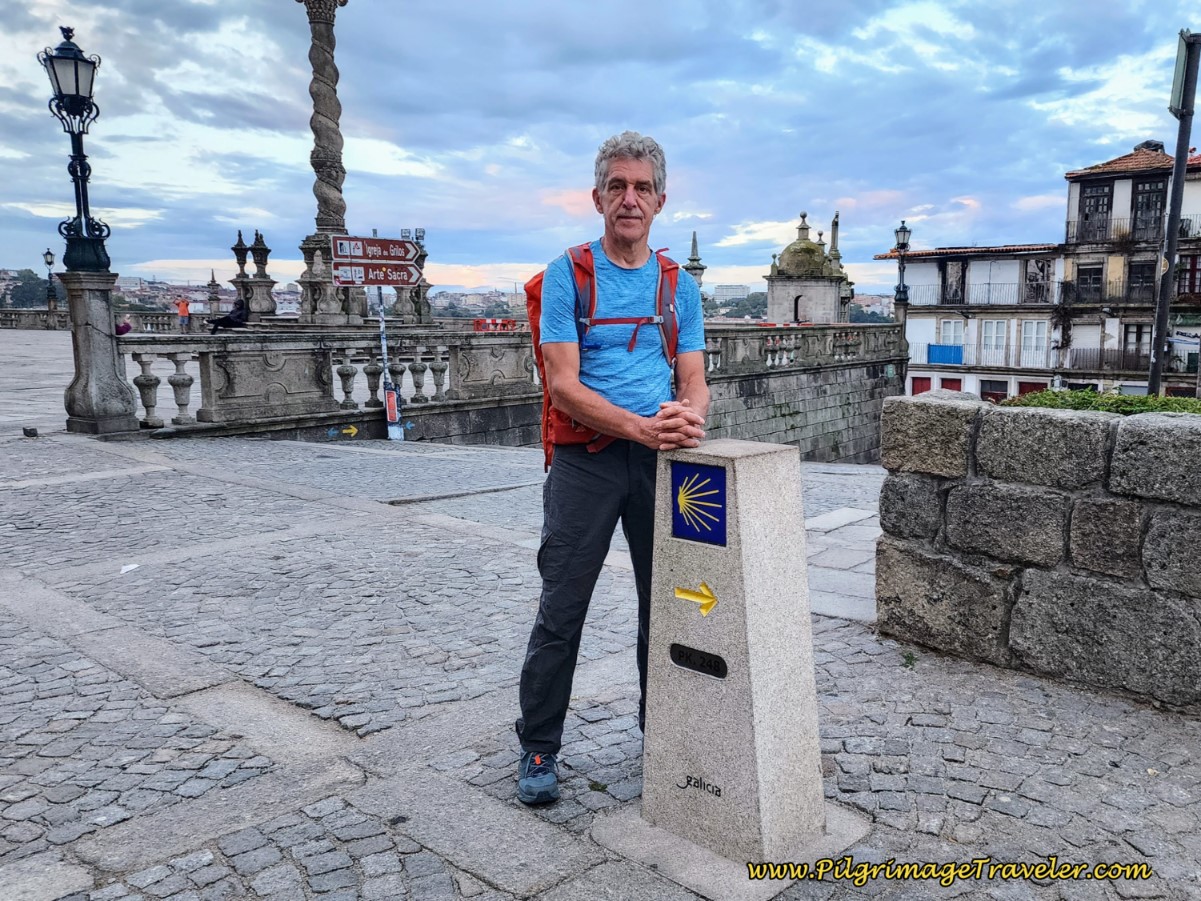 First Concrete Waymark in Front of the Porto Cathedral
First Concrete Waymark in Front of the Porto CathedralMost importantly, the Senda Litoral follows a totally different path from the cathedral, along two choices of routes, separate and mostly unmarked. (Yes, this is the only section where the Senda Litoral is not waymarked.
One choice of routes, and my recommended way is to turn left at the cathedral plaza, past the tall pole (Pillory of Porto) and take the Escadas (Stairway) Route down to the Douro River. This is a fun passageway of stairs winding down to the river!
The second choice is to follow the yellow arrow, behind Rich in the photo above, and walk down the ramp toward the Pelican Fountain (Chafariz do Pelicano). This route is more difficult to find, in our opinion, and may still be scattered with out-dated yellow arrows that are misleading.
The objective of both choices for the Senda Litoral is to get to the northern shore of the Douro River as expeditiously as possible! Both of these routes from the cathedral and onward are described in detail, see our day fifteen on the Portuguese Way: Senda Litoral.
What About the Last 100 Kilometers on the Portuguese Coastal Way?
If your goal is to get a Compostela in the minimum amount of time and distance, the Pilgrim's Office now allows any continuous 100 kilometers along any Camino de Santiago, as long as the last stage is into Santiago!
I know this is rather confusing, so my recommodation for the Coastal and the Senda Litoral is to do the last 100 kilometers from Vigo, Spain. This is currently the common practice. The Senda Litoral ends in Vigo at the municipal albergue, so the starting point will be the same for both.
A choice to do a 100 kilometer Camino is ideal for time-limited pilgrims or first-timers who wish to try out a Camino to see if it is right for them. If you choose this option, you will miss the Portuguese part of this Camino, so it's a bit of a misnomer to call it the "Portuguese Way."
For a true Portuguese pilgrimage, you may want to choose another 100 continuous kilometers after Porto, and make your last stage into Santiago farther along. It's up to you!
If you choose to start in Vigo along the Senda Litoral, you may wish to stay at the 93-bed Albergue de Peregrinos de Vigo along the waterfront. This albergue has always been very busy, everytime we have stayed there, so arrive early!
The Iglesia de Santiago de Vigo is suggested by some as the "official start" of this last 100 kilometer route. This would be appropriate, since it is near the Vigo train station, if you are arriving by train.
There are no concrete waymarks at all in the city of Vigo (due to political disputes between the city and Galicia). The yellow arrows after leaving the albergue don't start until after passing through the Plaza Princesa and after walking uphill along the Rua de Urzaiz on the way to meet the Coastal Route. See our day twenty-two, part A for this complete description.
Of course, you can stay anywhere that is convenient in Vigo, as long as you start near the center of town for the full 100 kilometers.
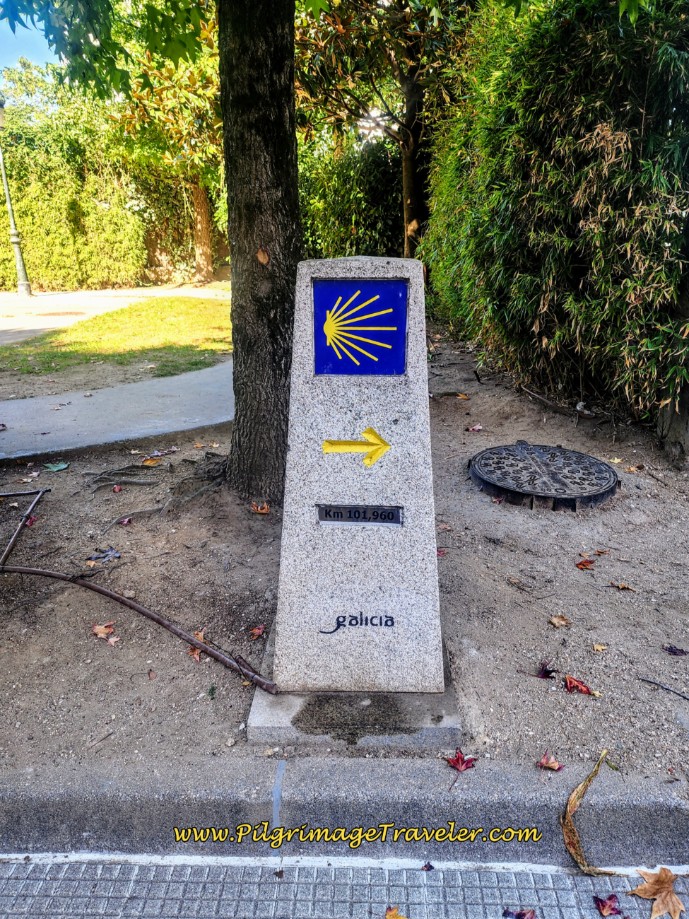 101.96 Km Waymark, by Train Station in Vigo
101.96 Km Waymark, by Train Station in VigoIf you are arriving by train into Vigo, out front along the Rúa do Areal, you may see three random concrete waymarks to the west that make absolutely no sense at all. One of them is pictured here, and it reads 101.96 kilometers, with an arrow pointing to the east. There is no route here! It must have been a placement by Galicia, before they decided to abandon the project. I suppose, at least, it documents that Vigo is indeed 100 kilometers from Santiago!
Please go to my map below for the route, and use my GPS tracks so you don't get lost trying to follow these waymarks!
Jump to the Camino Portugués Coastal Route/Sendal Litoral Stages
👣 Camino Portugués eBook Guides
Enjoy all the valuable info from our web pages ~ offline, ad-free, and beautifully formatted, including our photos. Why carry a heavy guidebook when you can use a nimble digital version on your device?
Our guides are frequently updated and uniquely entertaining, as we share our own Camino story along the way.
📲 Instant download. 💸 Money-back guarantee. 🔄 Free updates for 1 year.
Buy only what you need ~ or grab all four for the price of three (25% savings). Click here for more information or BUY NOW at only 17.85!
What are the Accommodations Like on the Central Route and Senda Litoral Portuguese Way?
There are many types of accommodations along this Portuguese Camino, along both of the routes. Like I stated above, most, if not all the days on the Senda Litoral variants start and end in the same towns as the Coastal. Likewise, other amenities are plentiful like supermarkets, tiendas (small stores), café-bars and restaurants.
As far as accommodations, from least expensive:
- Albergues/Refugios: specific for pilgrims that are run by donation (called a donativo) or a small charge, operated by a local parish or monastery (Parochial). You must supply your own bedding. Breakfast and even dinner may be supplied, also for a donation or a charge. Donativos are not free services but are designed to provide the most authentic pilgrim experience. Donate generously to these organizations/individuals.
- Municipal Albergues, "Munis" (hostal/shared dormitory-type accommodation): operated by the local municipality which are usually 10 Euros/per person/per night. You must provide your own bedding, in addition to their disposible sheet/pillowcase. Some offer blankets, some do not, and they may be of questionable cleanliness. Breakfast is never included. If it is important to you to economize, see our map below with the munis and the parochial albergues in orange. They are spaced appropriately so that you can stay exclusively in this type of accommodation.
- Private Albergues (Privados): These are more upscale, usually offering real sheets, towels, pillows and blankets. Breakfast may be included, or for an additional charge. Often the rooms are smaller with fewer bunk beds and may even offer female-only dormitories.
- Family-run, smaller Hotel-Type, usually friendly establishments: Often very economical, especially for a couple, most often breakfast is included, and will have full bedding provided. This is where Rich and I stay the most since we walk so many Caminos and are getting up there in age/privacy preferences! But we do like the private albergues, and the occasional muni to keep the pilgrim spirit alive!
- Standard Hotels: Because both routes are along coastal towns, there are all types and sizes of hotels! Do not count on cooking facilities, but most likely they will have their own cafés or restaurants, depending on how large they are!
- Casa Rurales (Rural Homes): These are homes turned into upscale tourist accommodations. They often have access to a kitchen for cooking, may include breakfast and may have a pool or other luxuries that are not common in pilgrim accommodations.
- Paradores: These luxury hotels are unique to Spain, are often in castles and monasteries and are only found in Baiona, Pontevedra and Santiago de Compostela along this route.
 12th Century Mosteiro de Santa María de Oia, Day Nineteen, Coastal Route
12th Century Mosteiro de Santa María de Oia, Day Nineteen, Coastal RouteJump to the Camino Portugués Coastal Route/Sendal Litoral Stages
🌍 Interactive Map of the Camino Portugués Coastal Route and Senda Litoral with Amenities
Here is our comprehensive and interactive map of both routes, with many amenities placed on it! You can use it as a maps-only guide. For our direct sharing link, of this map, click here.
New to using GPS maps? We got you covered here: How to download the map, How to upload the map to a personal device, and How to use the map offline.
For the ongoing Camino Portugués on the Central Route, from Redondela to Santiago, click this link. And the visual map is below.
How Flexible Are the Stages on the Coastal Route and Senda Litoral?
I have never found either of these two routes to be difficult to plan. Since the amazing growth of the Coastal Route in recent years, there are plenty of accommodations and other services to keep your stages as little as 10-15 kilometers.
There are not as many municipal albergues along this route as the Central, however, there are very economical private albergues to substitute. Please note in the maps above, that I have colored municipal albergues and economical private albergues in orange, for your ease of planning.
It is no longer necessary to walk long stages on these routes. If your preference is for shorter days, lingering on the beach is always possible. A half-day in a seaside area may be a nice reprieve in the middle of longer days, if you wish. There are enough choices to accommodate any type of walking style and for most budgets! This flexibility allows each pilgrim to create their own unique journey, listening to their heart and body!
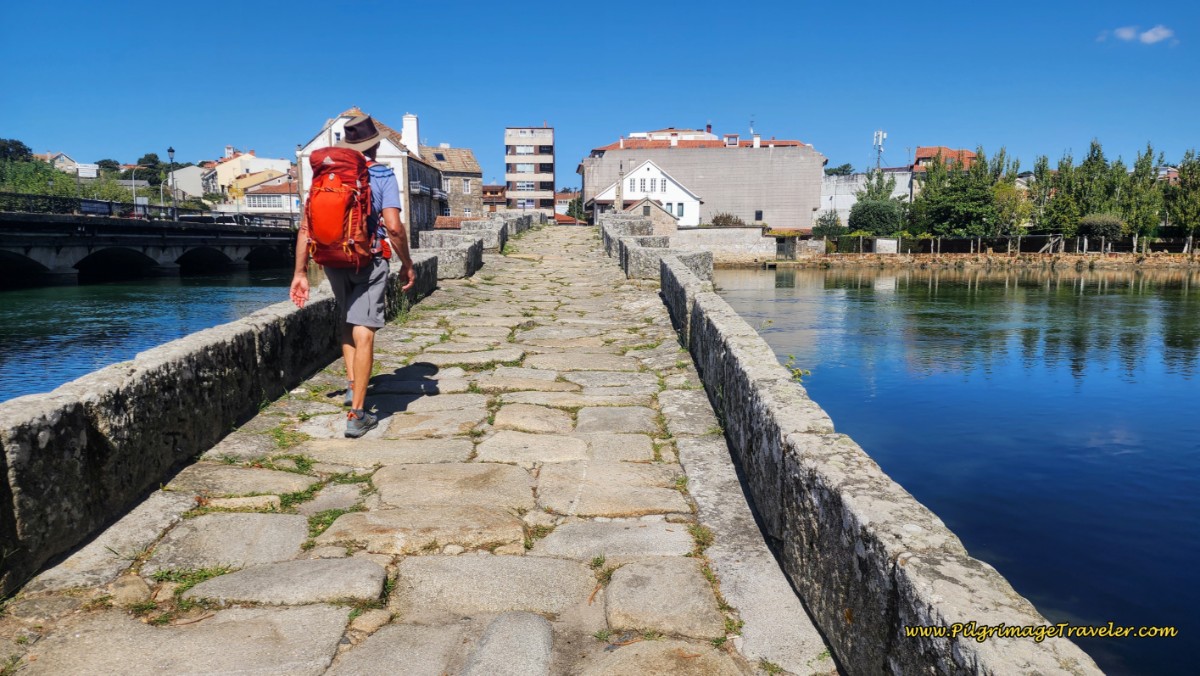 13th Century Ponte Romantica de A Ramallosa, Day Twenty, Coastal Route
13th Century Ponte Romantica de A Ramallosa, Day Twenty, Coastal RouteIs the Camino Portugués Coastal Route and Senda Litoral Historically Significant?
The short answer, is YES, absolutely! Both the Coastal Route and the Senda Litoral have many historic sites. This is after all Europe and history abounds.
However, are they historic pilgrimage routes? That's a whole different question. For years, people have discussed whether the Coastal Route truly is a historic pilgrimage route.
There is some evidence to show that at the very least, a cult to Santiago existed in Castelo de Neiva, at the Santiago church, shown below. A very old inscription from 862 C.E. was uncovered during the remodeling of the church in 1931. This church is a must see on the Coastal route, which I descibe fully in our day seventeen.
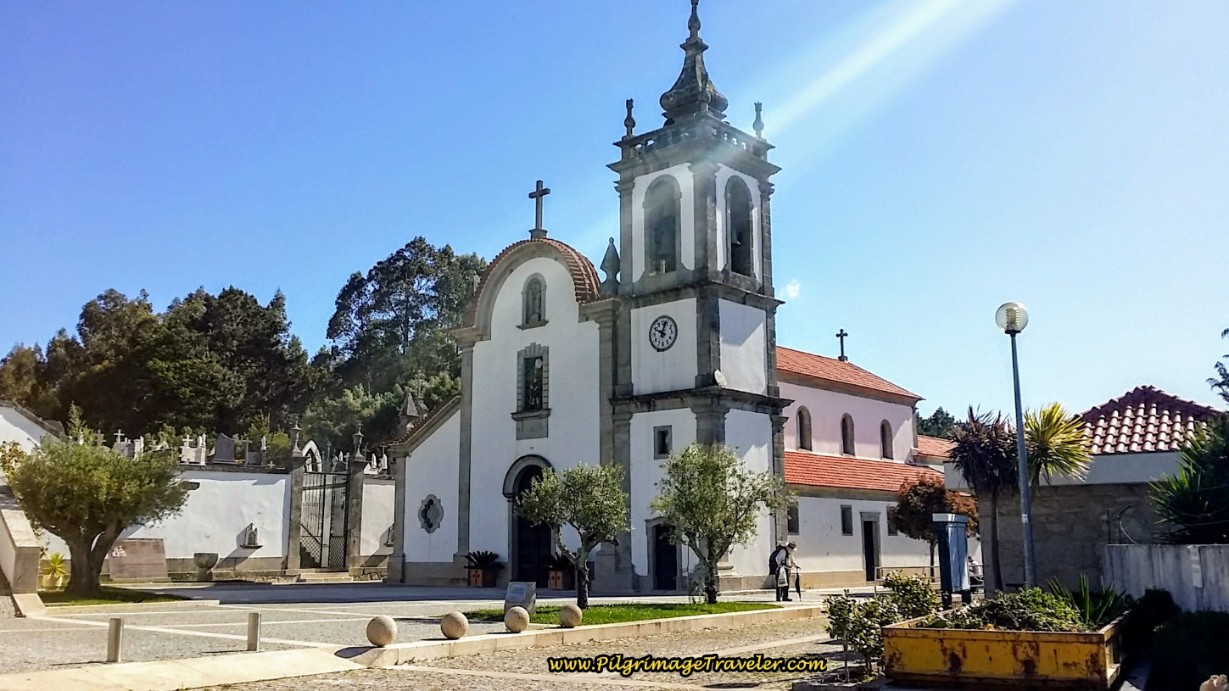 Igreja de Santiago de Castelo de Neiva
Igreja de Santiago de Castelo de NeivaWhile the Central Route may have the most authentic pilgrimage feel, it by no means has all the history.
There are plenty of old Roman roads to walk upon both in the inland Coastal Route and along the Senda Litoral! I was actually quite surprised! There are remnants of seaside Roman villas, Roman salt-collecting pans and Roman sea-pens for the cultivation of crustaceans.
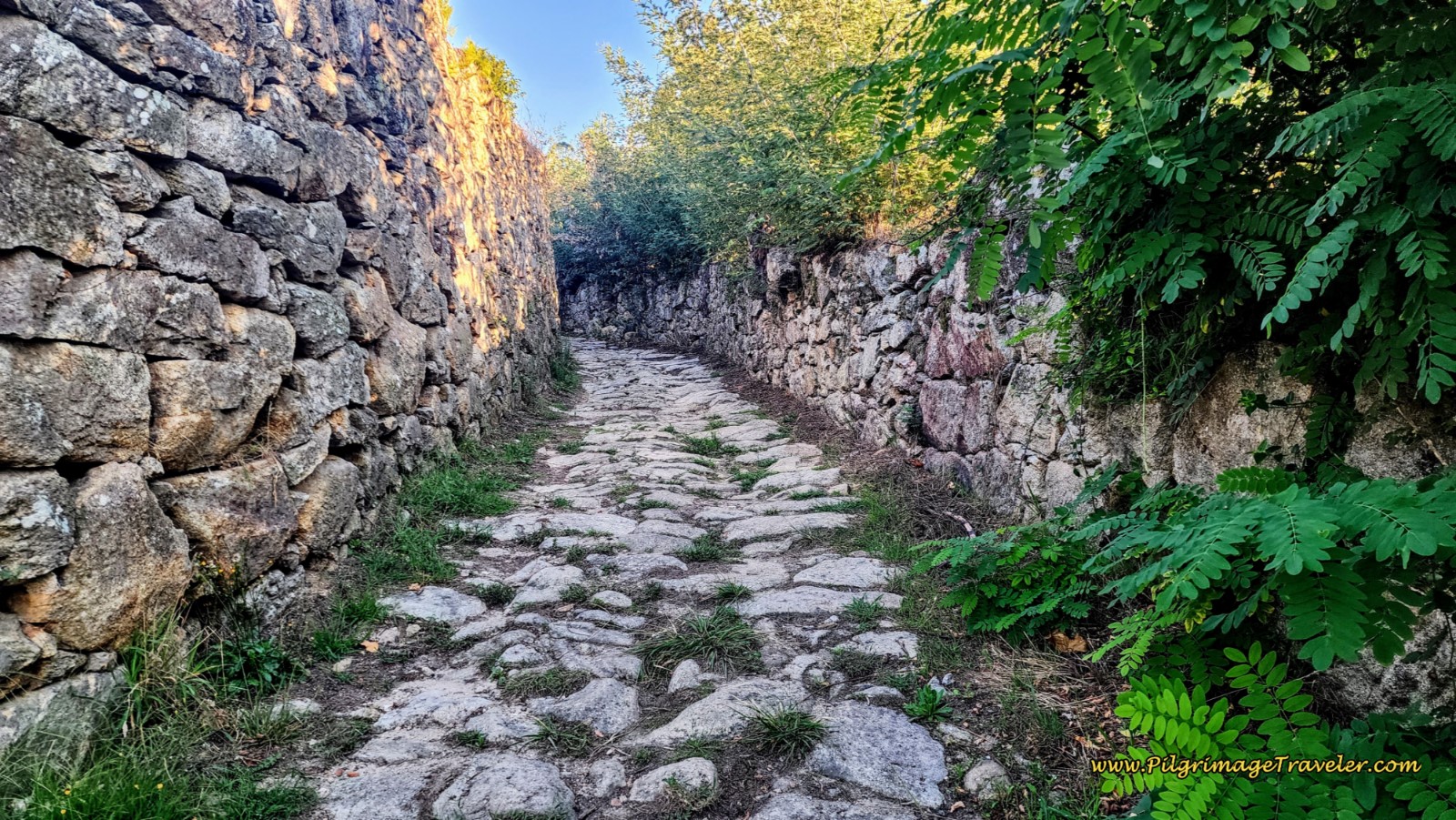 Camiño de Cea, Roman Road, Day Twenty-One, Coastal Route
Camiño de Cea, Roman Road, Day Twenty-One, Coastal RouteJust like any "authentic" pilgrimage, you will find historic churches, wayside chapels, cruceiros (crosses) that even line the beach, ancient monasteries, medieval bridges and historic fountains.
I am proposing that we make this Camino authentic, merely by our heart's approach to it! The ancient travelers were here, as evidenced by all these historic sites, and I can easily imagine their personal fulfillment goals, whether or not they were on pilgrimage to Santiago de Compostela. These ancient momuments are also testaments to faith and the enduring human spirit!
Now, with all the modern pilgrims imprinting onto both the Coastal Route and the Senda Litoral, the "spiritual residual" will build.
Suffice it to say, that I adore walking on ancient roads, past historic fountains and crosses. I can indeed feel the echo of ancient feet, as I share their path.
All of these historic sites offer us as pilgrimage travelers the chance to reflect, to offer a prayer of gratitude for our health, our journey and our collective spirit on the Way to Santiago! Our dedication to complete our pilgrimage is a shared goal that will elevate this walk to the status of an "authentic" pilgrimage!
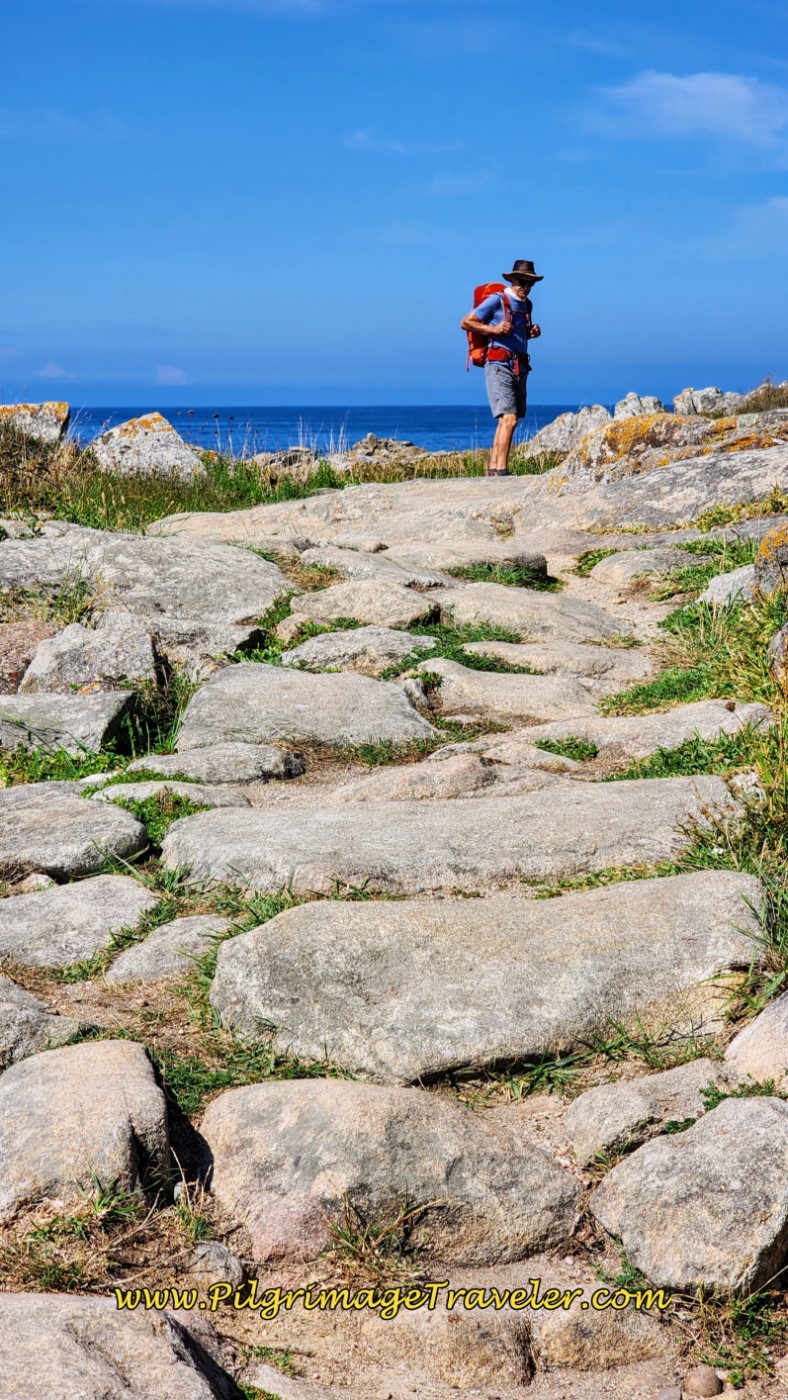 Costal Roman Road, Day Nineteen, Coastal Route
Costal Roman Road, Day Nineteen, Coastal Route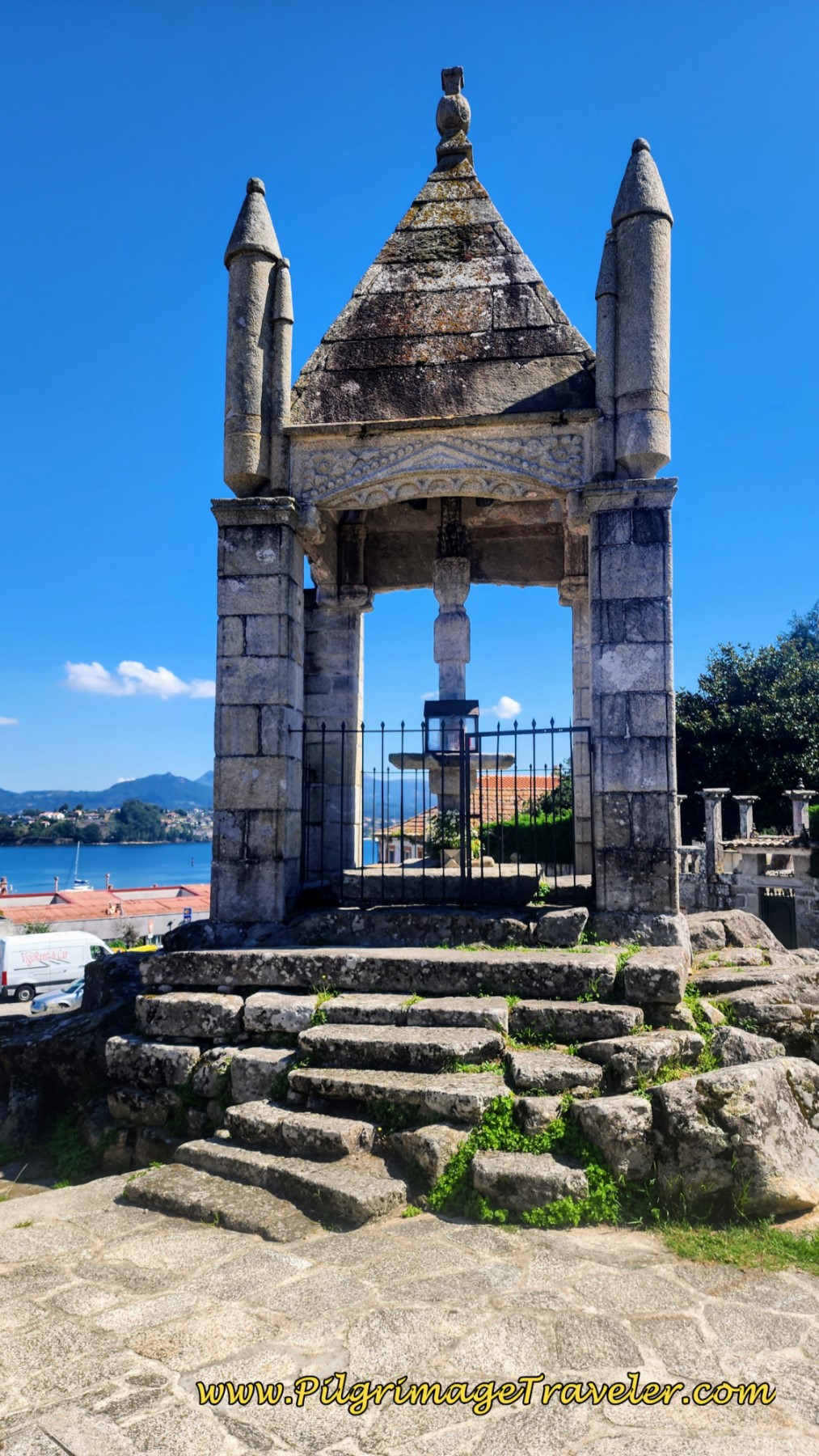 15th Century Cruceiro de Santísima Trinidade, Day Twenty, Coastal Route
15th Century Cruceiro de Santísima Trinidade, Day Twenty, Coastal RouteAs I like to say, each and every pilgrimage path you choose, is a metaphorical terrestrial roadmap to find your own place within this continuous spiritual journey. And both the Coastal Route and the Senda Litoral can offer you a journey of rediscovery of your soul, connecting you to all the wanderers on the same path. This is the essence of pilgrimage, a shared human experience with the potential to transform you!
Jump to the Camino Portugués Coastal Route/Sendal Litoral Stages
What Are the Key Landscape Highlights of the Coastal Route and Senda Litoral?
The common denominator of both of these routes is certainly the coastline! Beaches, rugged coastlines, boardwalks, and dunes are interspersed with historic sites along the way and in the cities as you have seen above.
The Coastal Route, without a doubt, in my mind is the more pilgrimage-feeling than the Senda Litoral. If you stick to the coastal route only, you would find that it feels quite similar to the Central Route. There is more history on this route, more churches, crosses and historic fountains. There are more hills. There are more high vistas.
However it is along Senda Litoral where there are seaside forts, historic windmills, historic sea pens and salt production pans. It is such a unique pilgrimage for this! And riddled with beauty as well.
 Forte do Cão, Near Vila Praia de Âncora, Day Nineteen, Senda Litoral
Forte do Cão, Near Vila Praia de Âncora, Day Nineteen, Senda LitoralThe natural beauty of the coast and the ocean has drawn the human spirit for millenia and these routes will not disappoint you!
There is most certainly something about the water, the sea breezes, the sun and sand that invite us to indeed slow down, fill our lungs with the salt air, and stay present to the peace and serenity that is here!
Where Can I Find More Detailed Information About the Coastal Route and Senda Litoral?
I hope you will use this guide as your starting point, to prepare for an adventurous and deeply personal journey of a lifetime.
For more detailed information on what to expect each and every, including specific distances, points of interest, and accommodation tips, be sure to check out our individual day-by-day articles right here. 👇 Just scroll below to see each stage.
And if you would like a detailed comparison of Portuguese routes after Porto, click here: Central Route vs Coastal Route vs Senda Litoral Route.
Salutation
The Camino Portugués Coastal Route and Senda Litoral are more than just a seaside adventure. If you wish, you can make it as personal and enriching as any other Camino. You can choose to connect with other pilgrims, open yourself to personal insight and reflection, savoring each second of this momentous journey.
As the opening quote from the Buddha states, and I paraphrase, "you yourself must walk your own journey." And with all journeys, it becomes what you choose to make it! May you choose to make it a true pilgrimage! Ultreia!
Camino Portugués Overview
Camino Portugués Stages
Central Route: Lisbon to Porto Stages
Central Route: Porto to Santiago Stages
Senda Litoral or the Coastal Routes: Porto to Santiago Stages
Skip to Central Route Above, for Final Days 22-25 to Santiago
Variante Espiritual Stages
Please Consider Showing Your Support
Many readers contact me, Elle, to thank me for all the time and care that I have spent creating this informative website. If you have been truly blessed by my efforts, have not purchased an eBook, yet wish to contribute, I am exeedingly grateful. Thank you!
Search This Website:
🙋♀️ Why Trust Us at the Pilgrimage Traveler?

We’re not a travel agency ~ we’re fellow pilgrims! (See About Us)
We've trekked Pilgrimage Routes Across Europe since 2014!
💬 We’ve:
- Gotten lost so you don’t have to. 😉
- Followed waymarks in the glowing sunlight, the pouring rain and by moonlight. ☀️🌧️🌙
- Slept in albergues, hostels & casa rurals. Ate and drank in cafés along the way. 🛌 😴
- Created comprehensive and downloadable GPS maps and eBook Guides, full of must-have information based on real pilgrimage travels. 🧭 🗺️
- Shared our complete journeys, step by step to help YOU plan your ultimate pilgrimage and walk with your own Heart and Soul. 💙✨
Every detail is from our own experiences. Just fellow pilgrims sharing the Way. We have added a touch of spirituality, heartfelt insights and practical guidance from the road ~ offering a genuine connection to the spirit of pilgrimage. Tap into the wisdom of seasoned pilgrims!
Ultreia and Safe Pilgrimage Travels, Caminante! 💫 💚 🤍
Follow Me on Pinterest:
Find the Pilgrimage Traveler on Facebook:
Like / Share this page on Facebook:
***All Banners, Amazon, Roamless and Booking.com links on this website are affiliate links. As an Amazon associate and a Booking.com associate, the Pilgrimage Traveler website will earn from qualifying purchases when you click on these links, at no cost to you. We sincerely thank you as this is a pilgrim-supported website***
PS: Our eBook Guide books are of our own creation and we appreciate your purchase of those too!!
Shroud Yourself in Mystery, along the Via de Francesco!
Walk in the Footsteps of St. Francis, and Connect Deeply to the Saint and to Nature in the Marvelous Italian Countryside!
Need suggestions on what to pack for your next pilgrimage? Click Here or on the photo below!
Find the Best Hotel Deals Using This Tool!
Carbon Trekking Poles ~ My Favorites!
Carbon fiber construction (not aluminum) in a trekking pole makes them ultra lightweight. We like the Z-Pole style from Black Diamond so we can hide our poles in our pack from potential thieves before getting to our albergue! There are many to choose from! (See more of our gear recommendations! )
Gregory BackPack ~ My Favorite Brand
Do not forget your quick-dry microfiber towel!

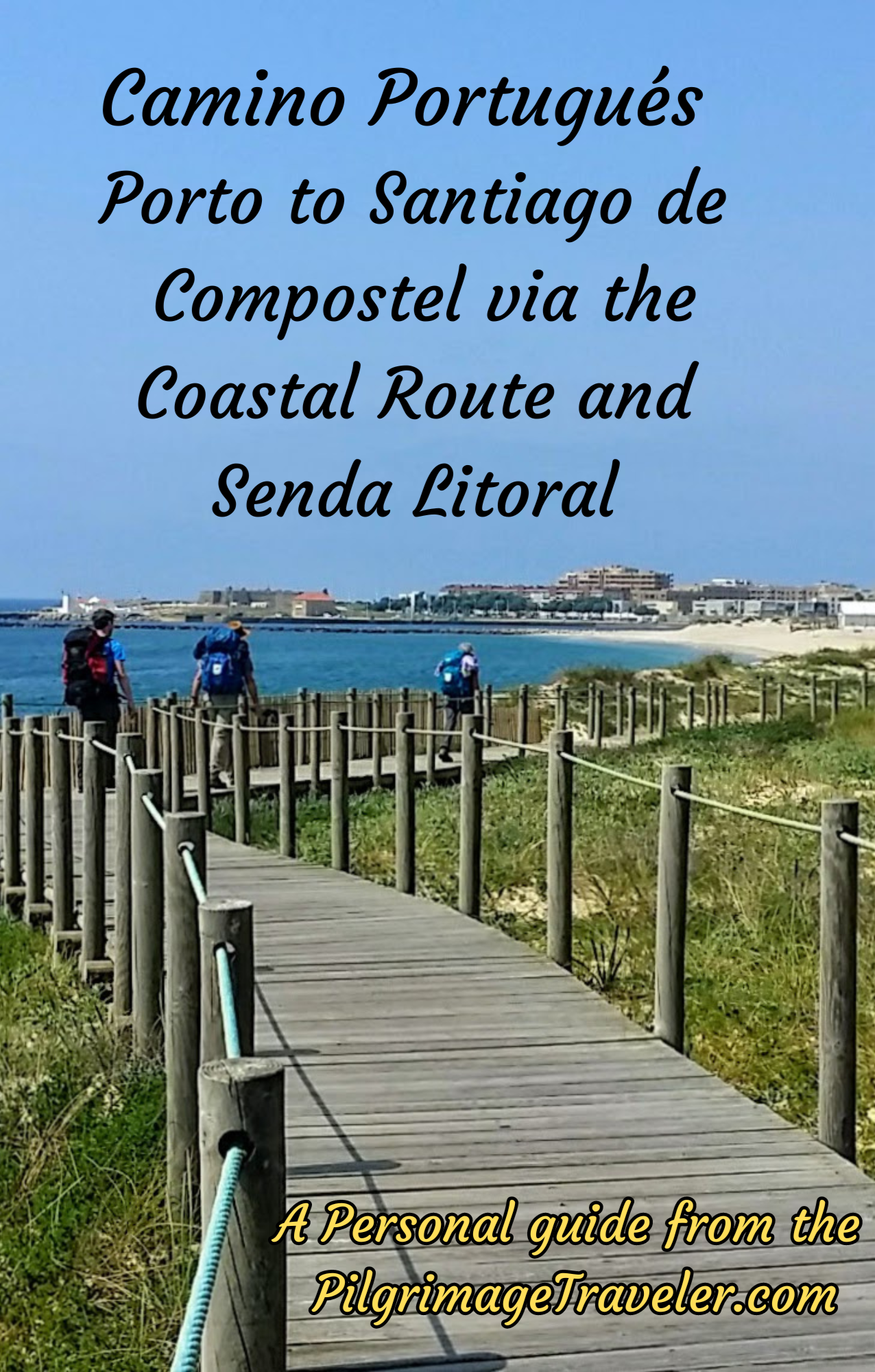
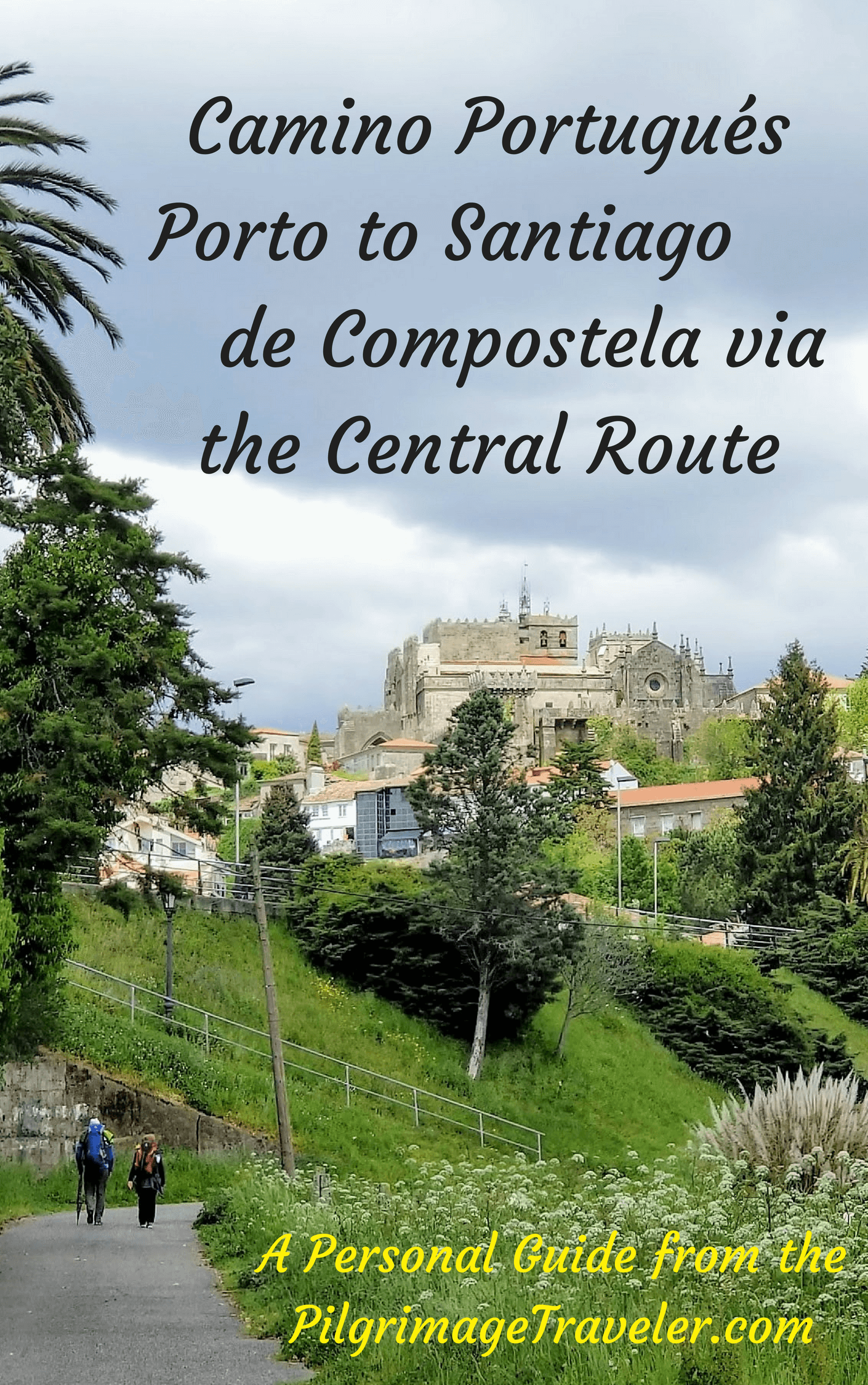
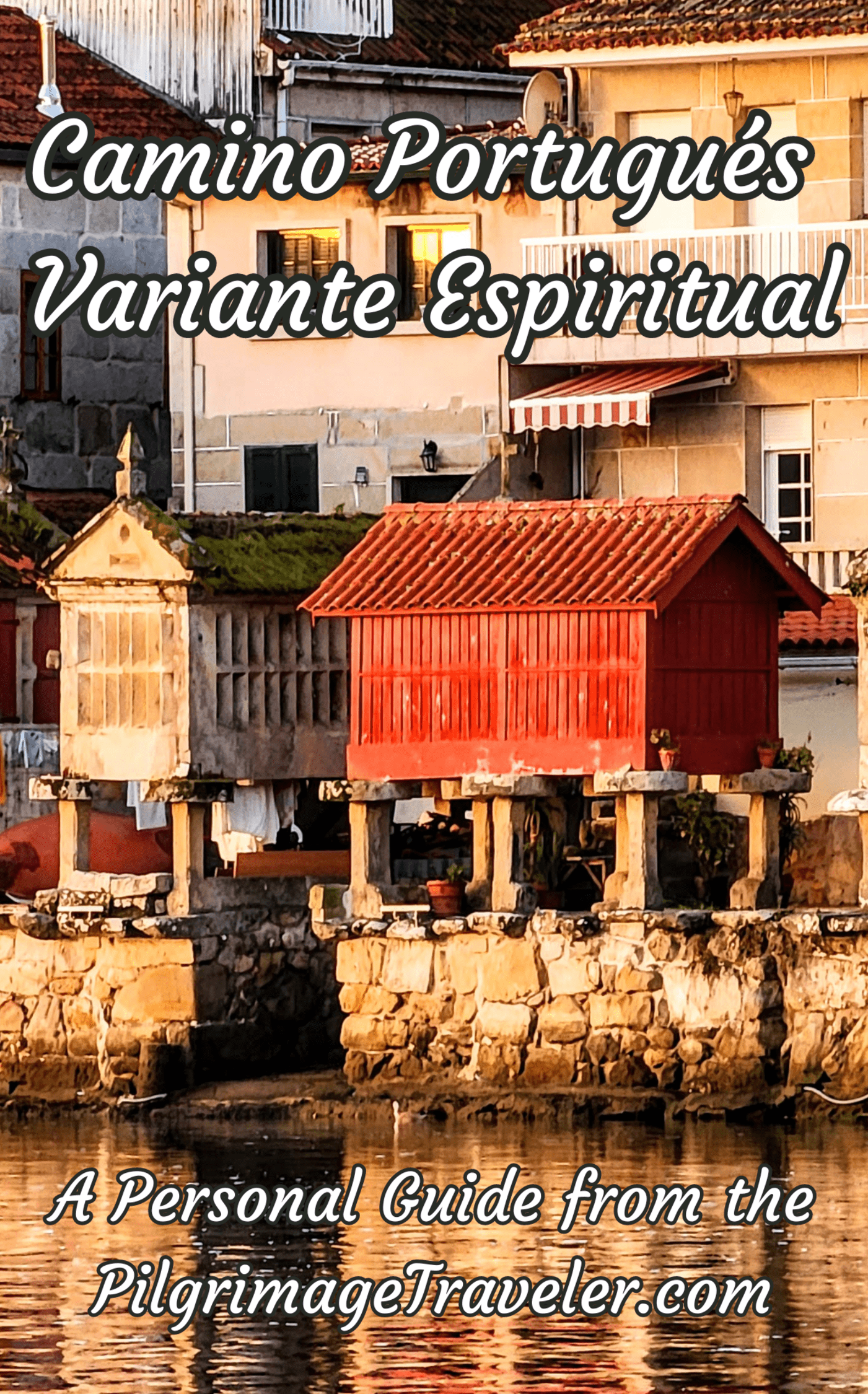






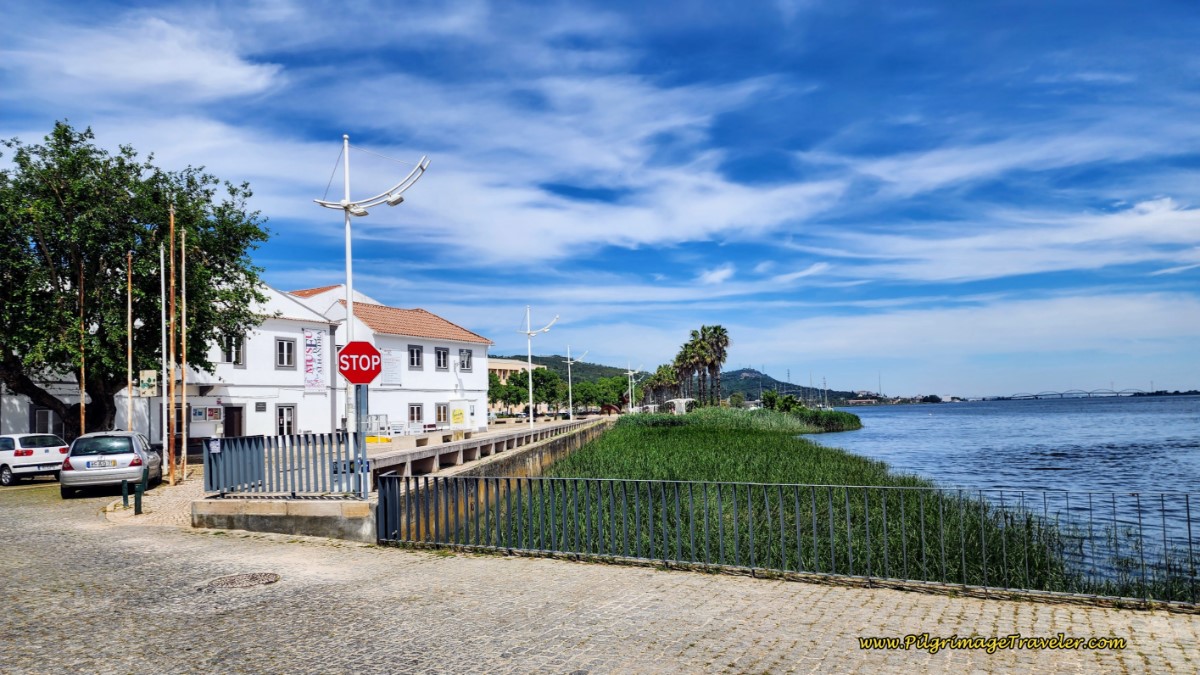









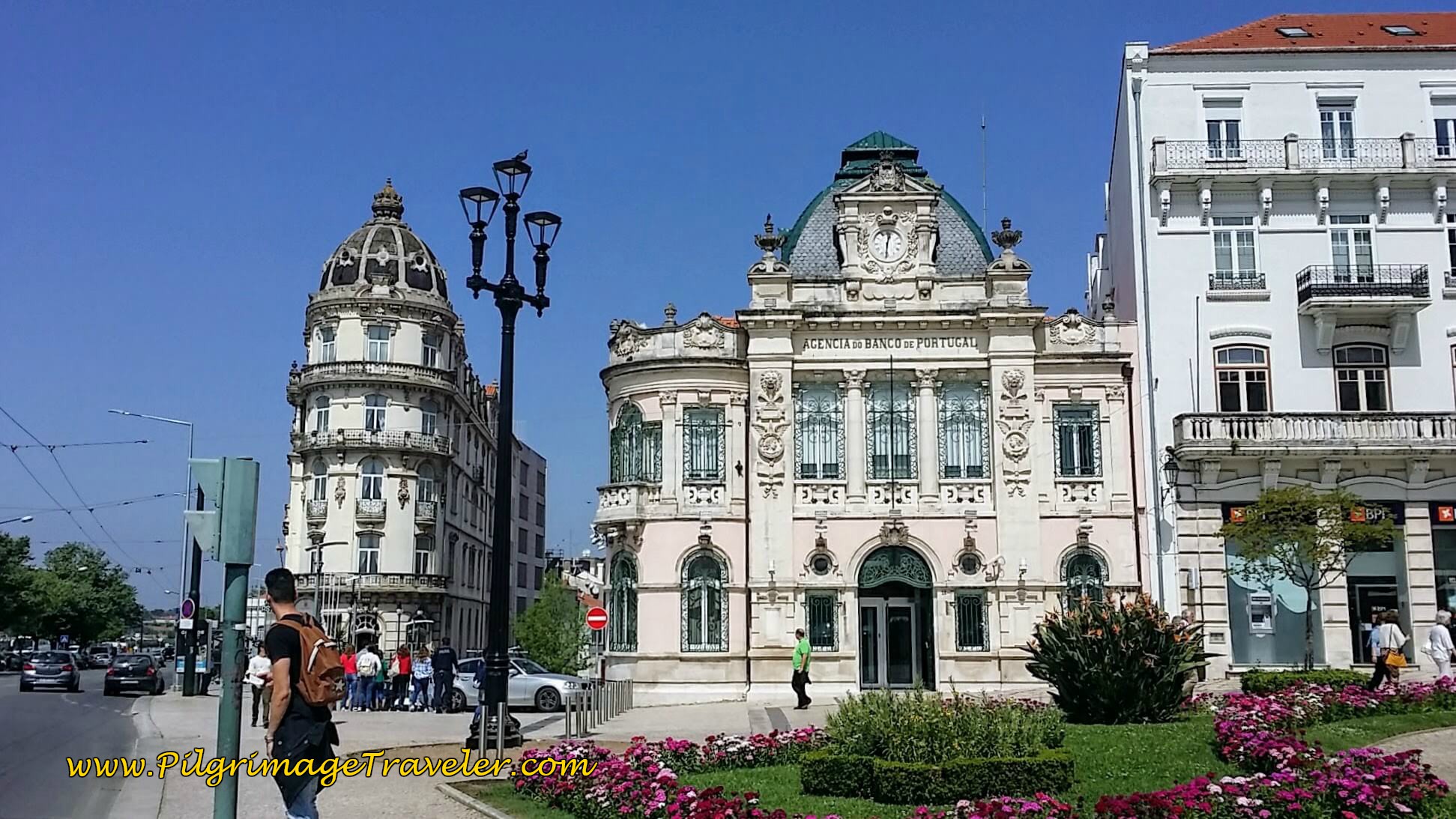






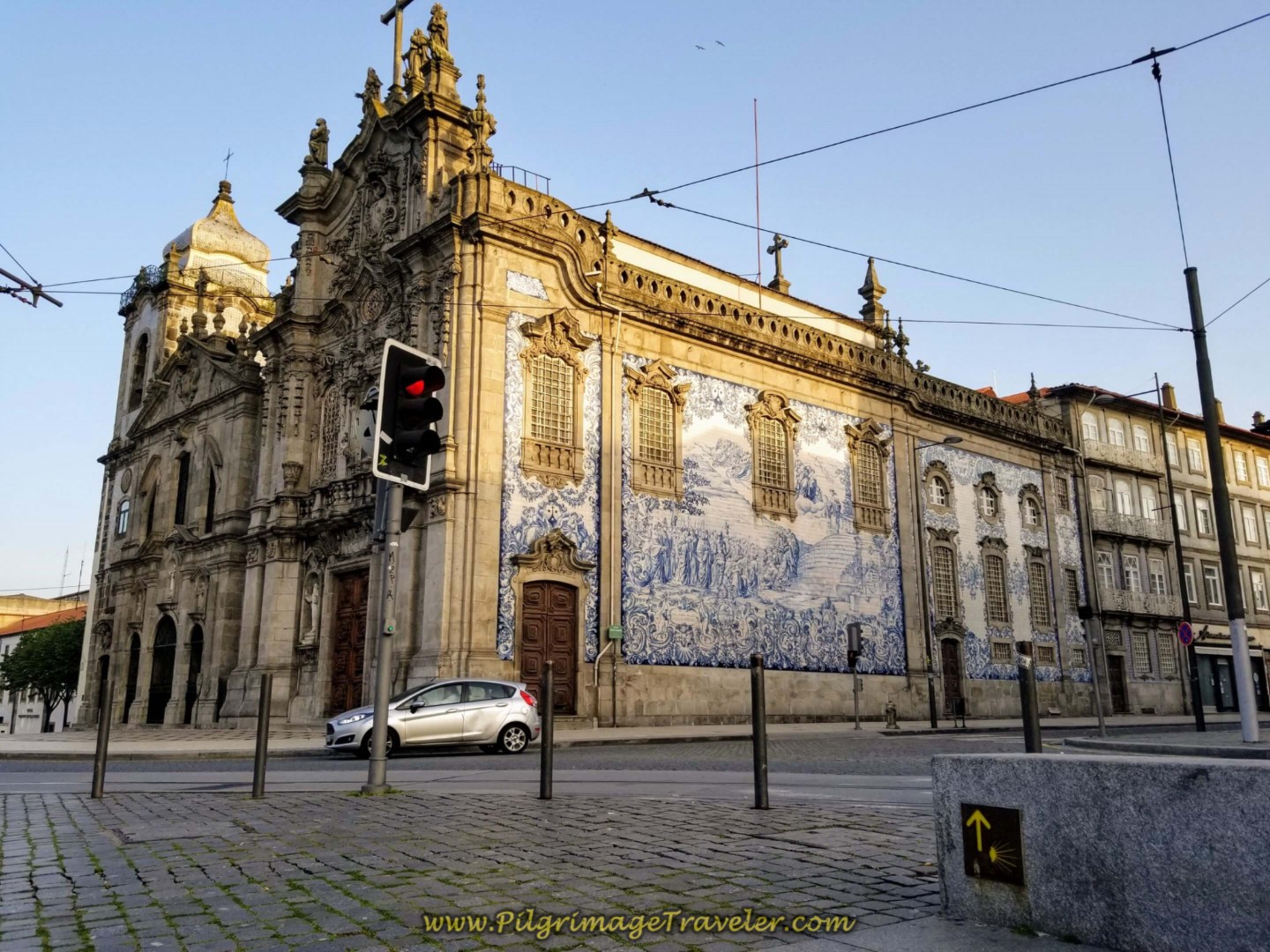








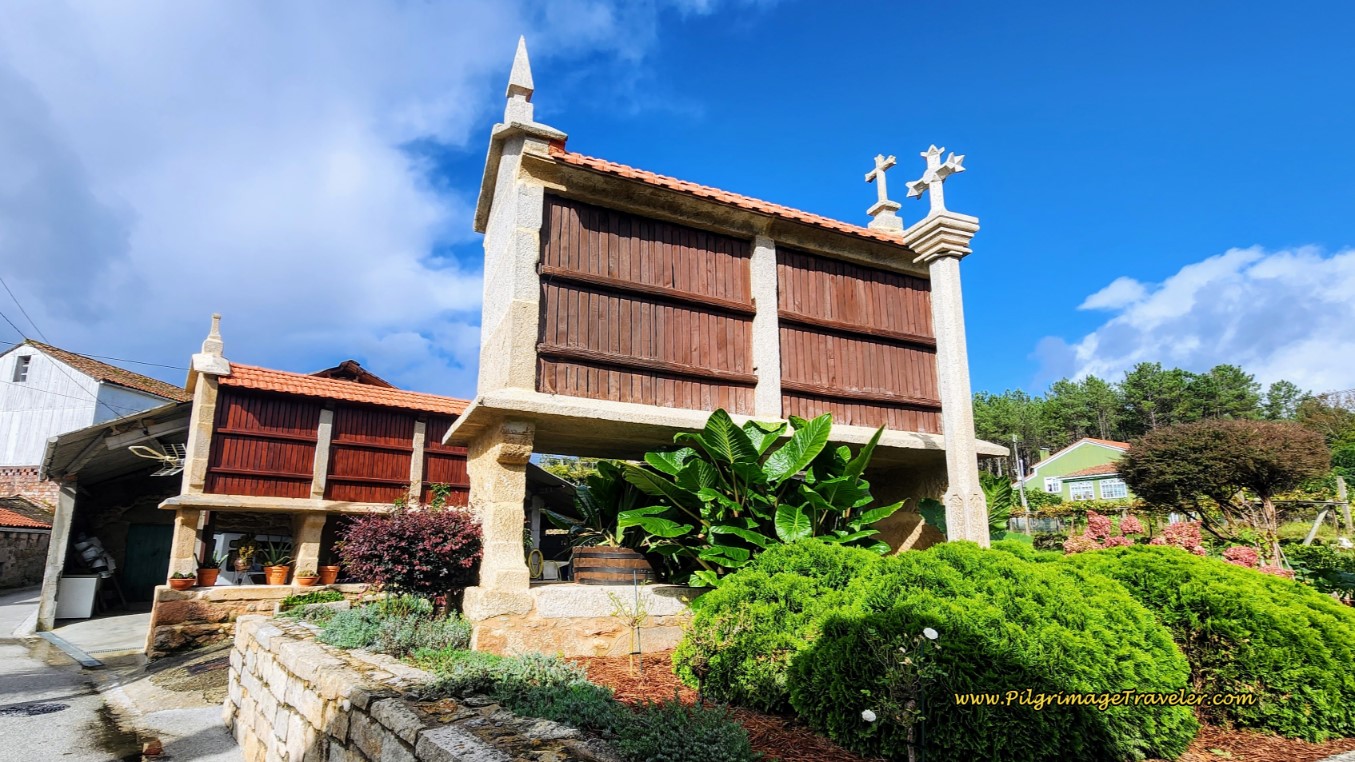

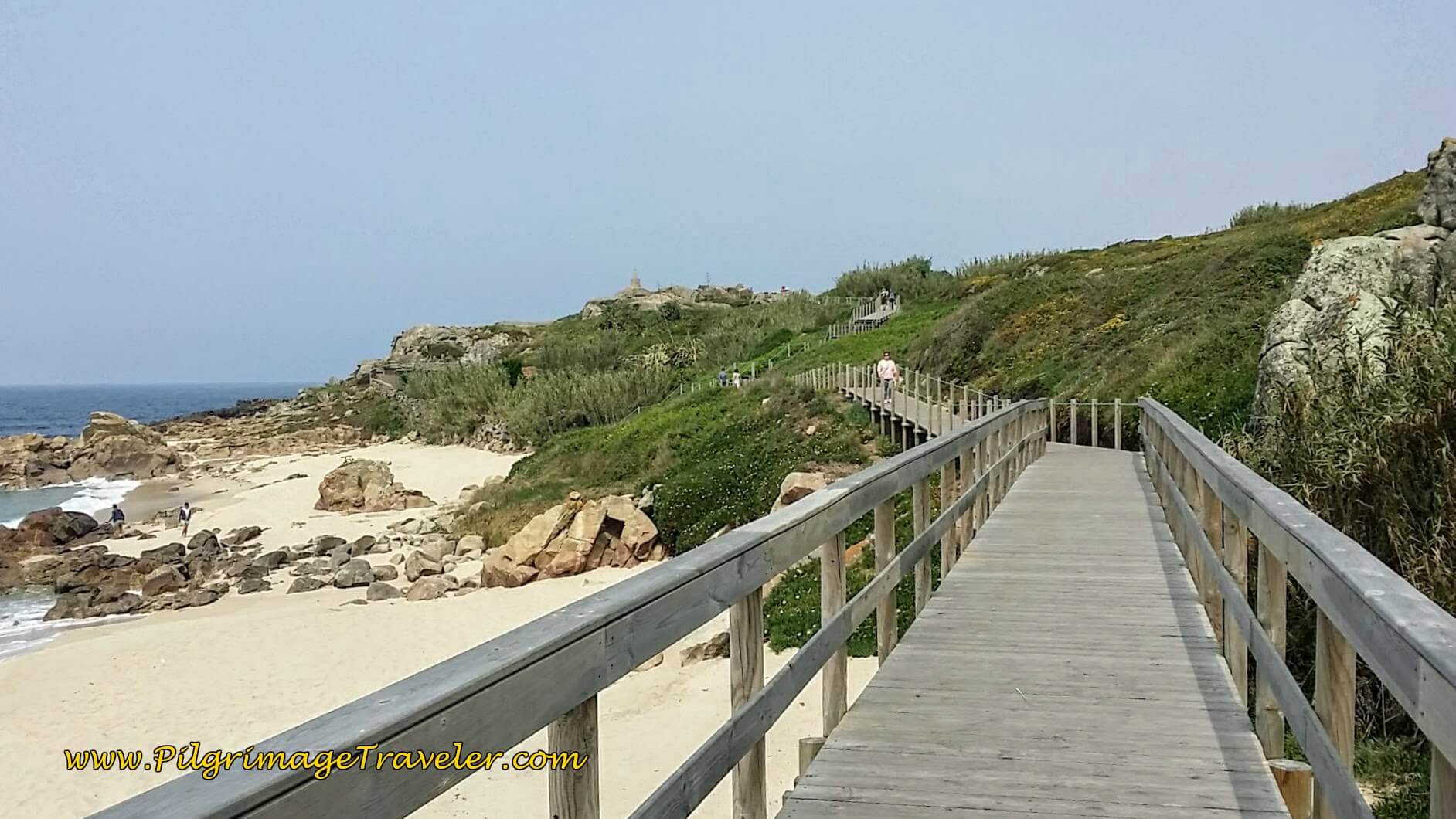

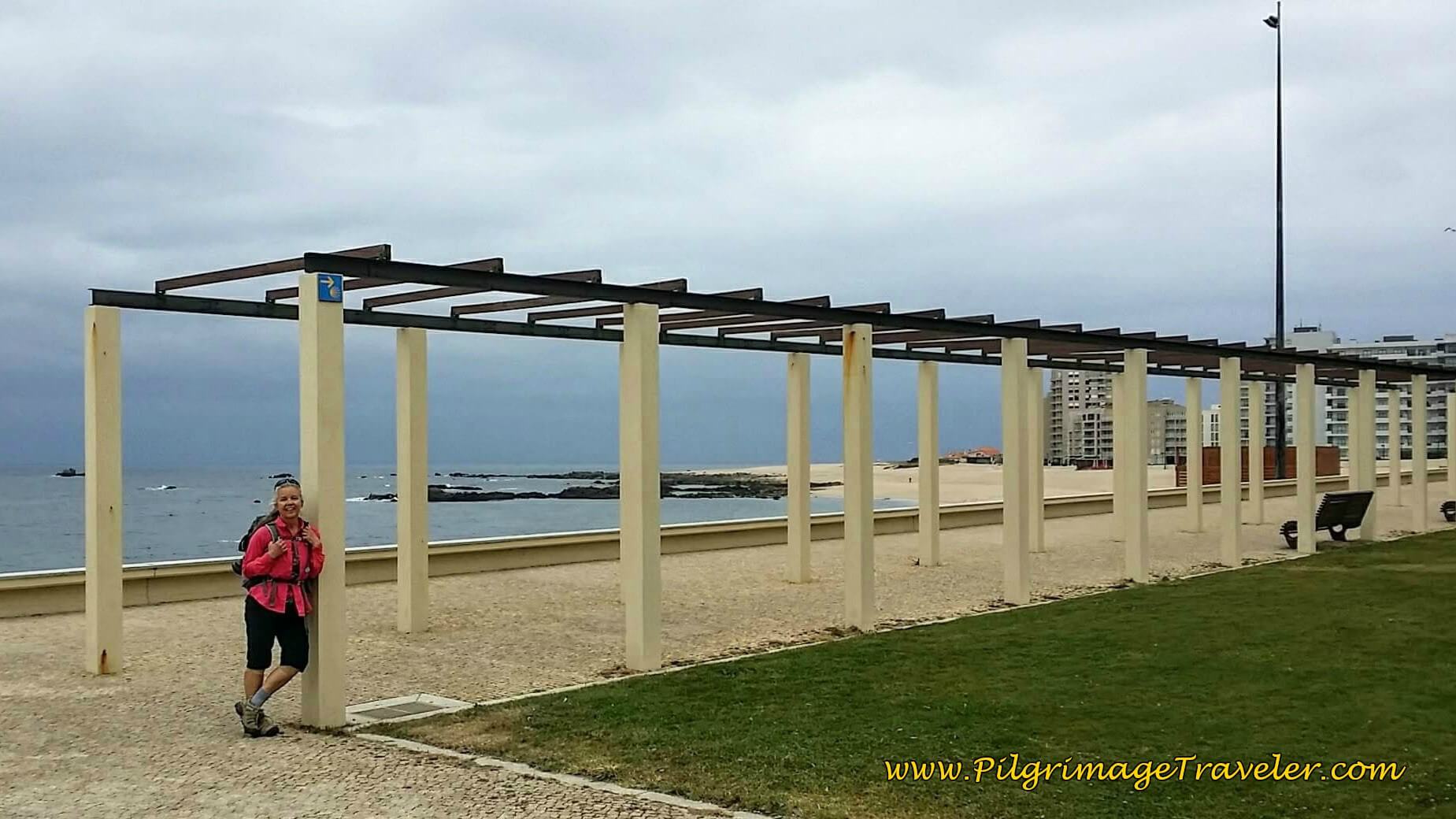

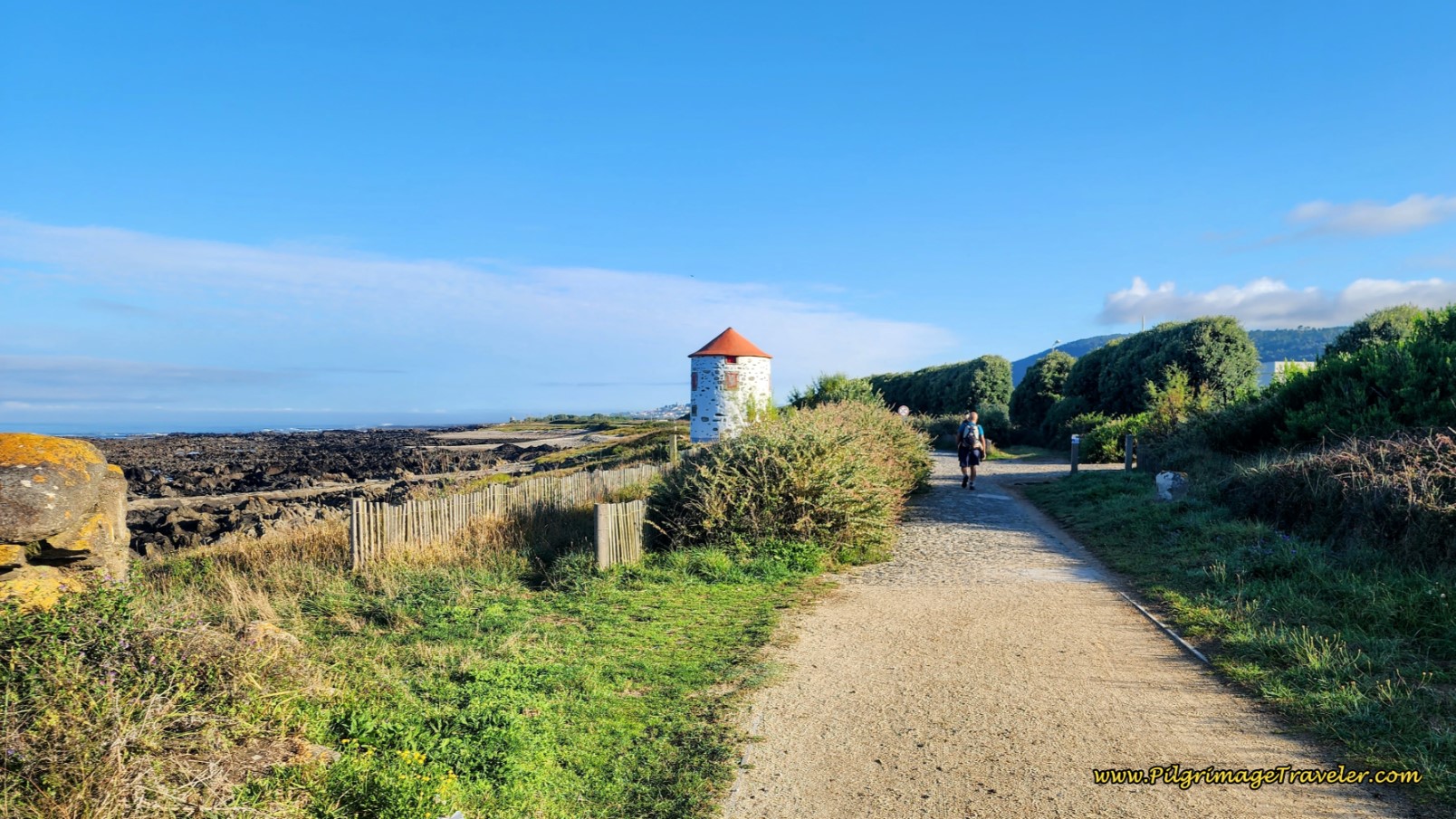







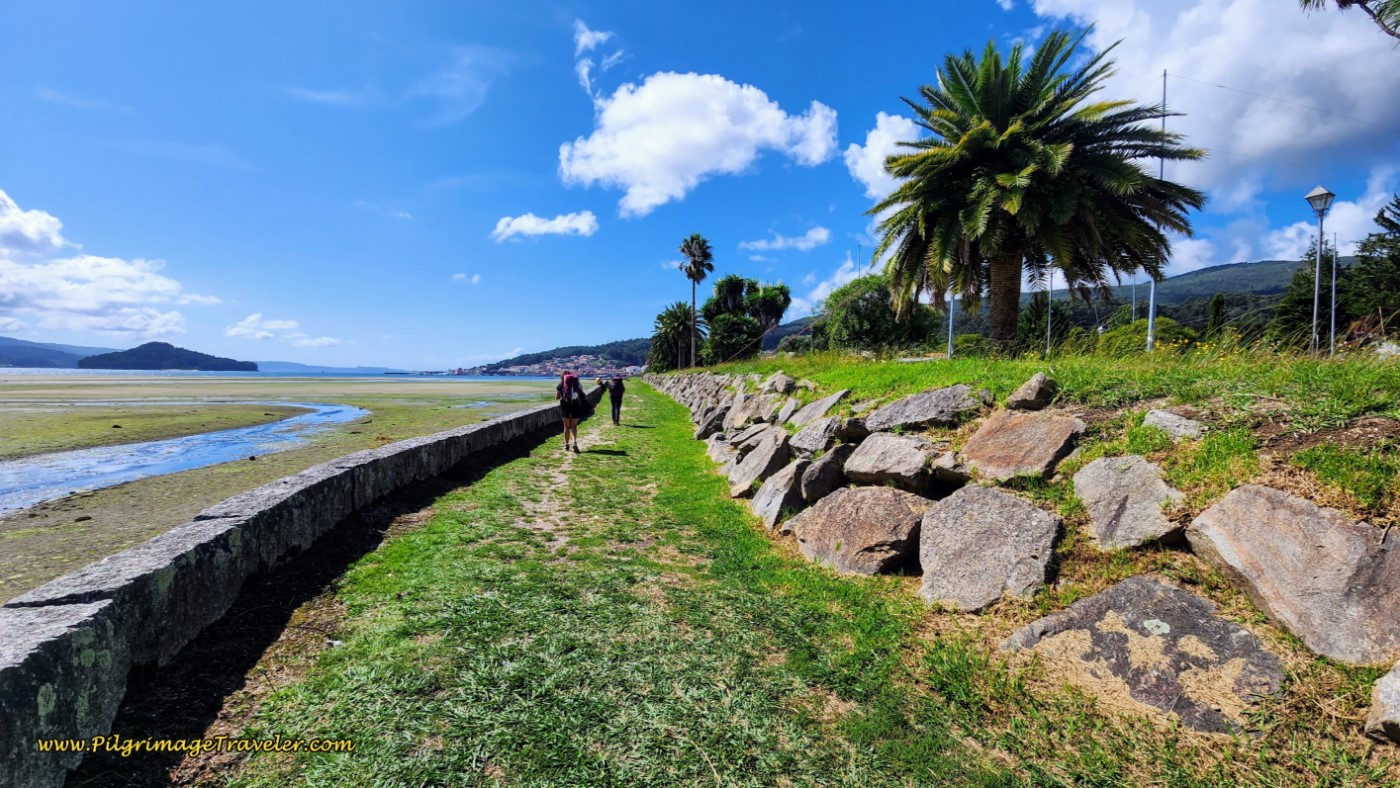
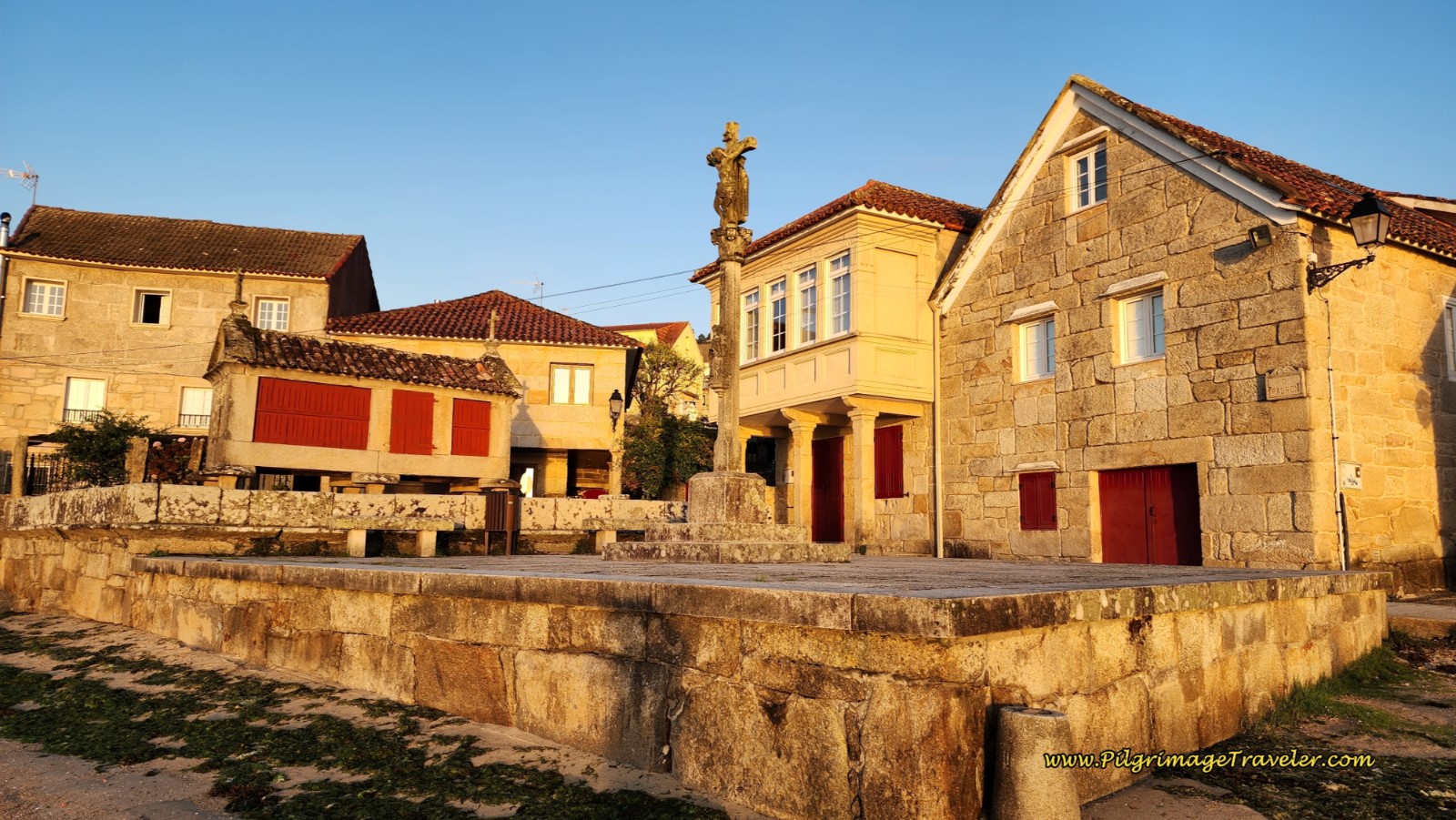



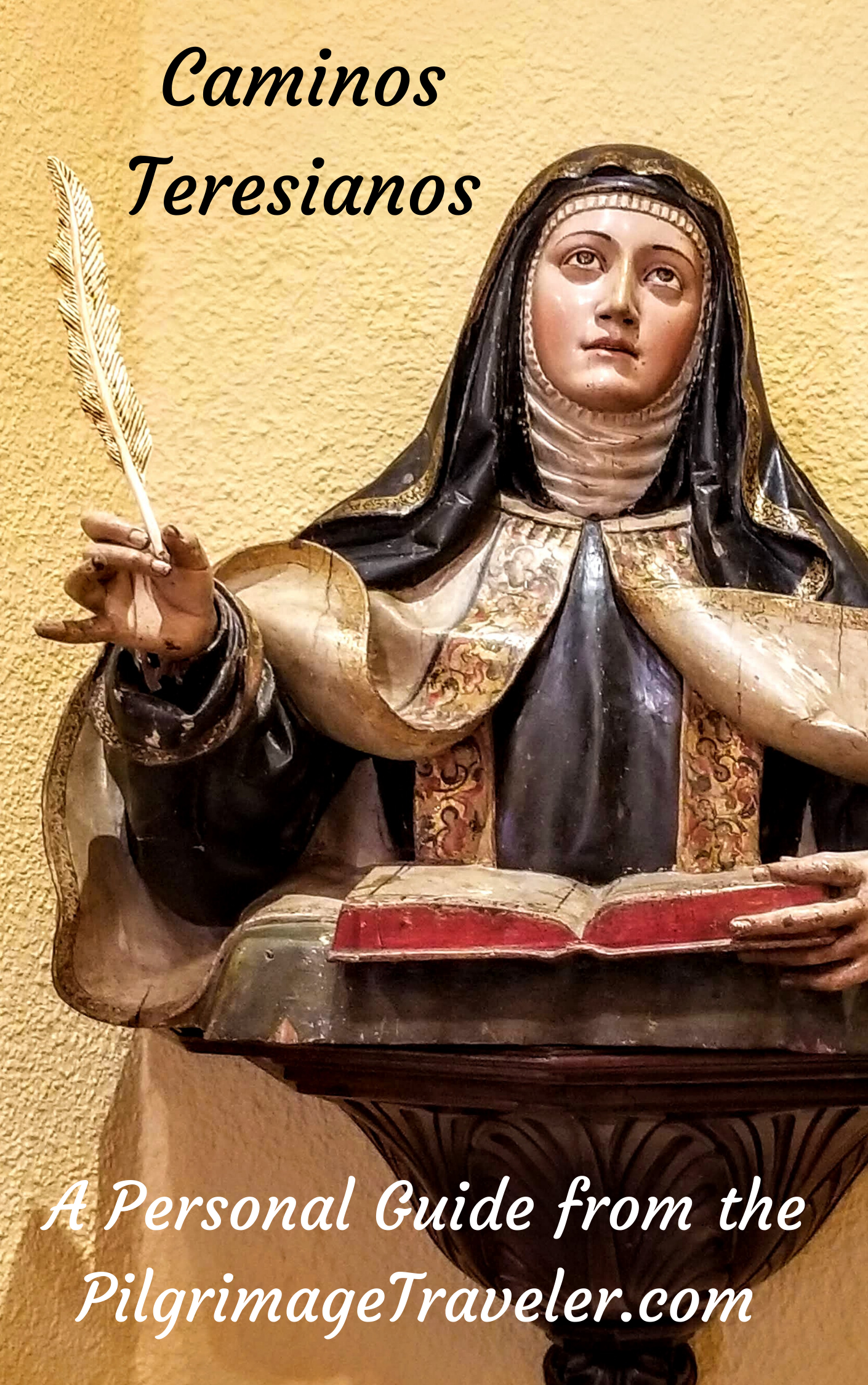
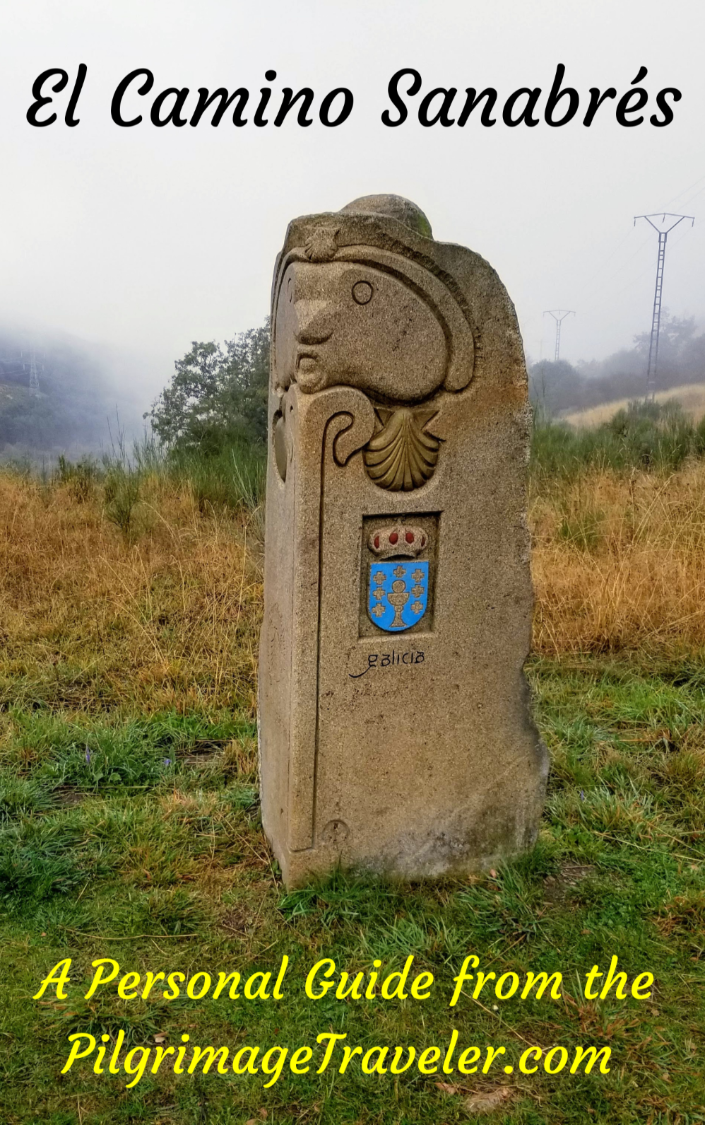
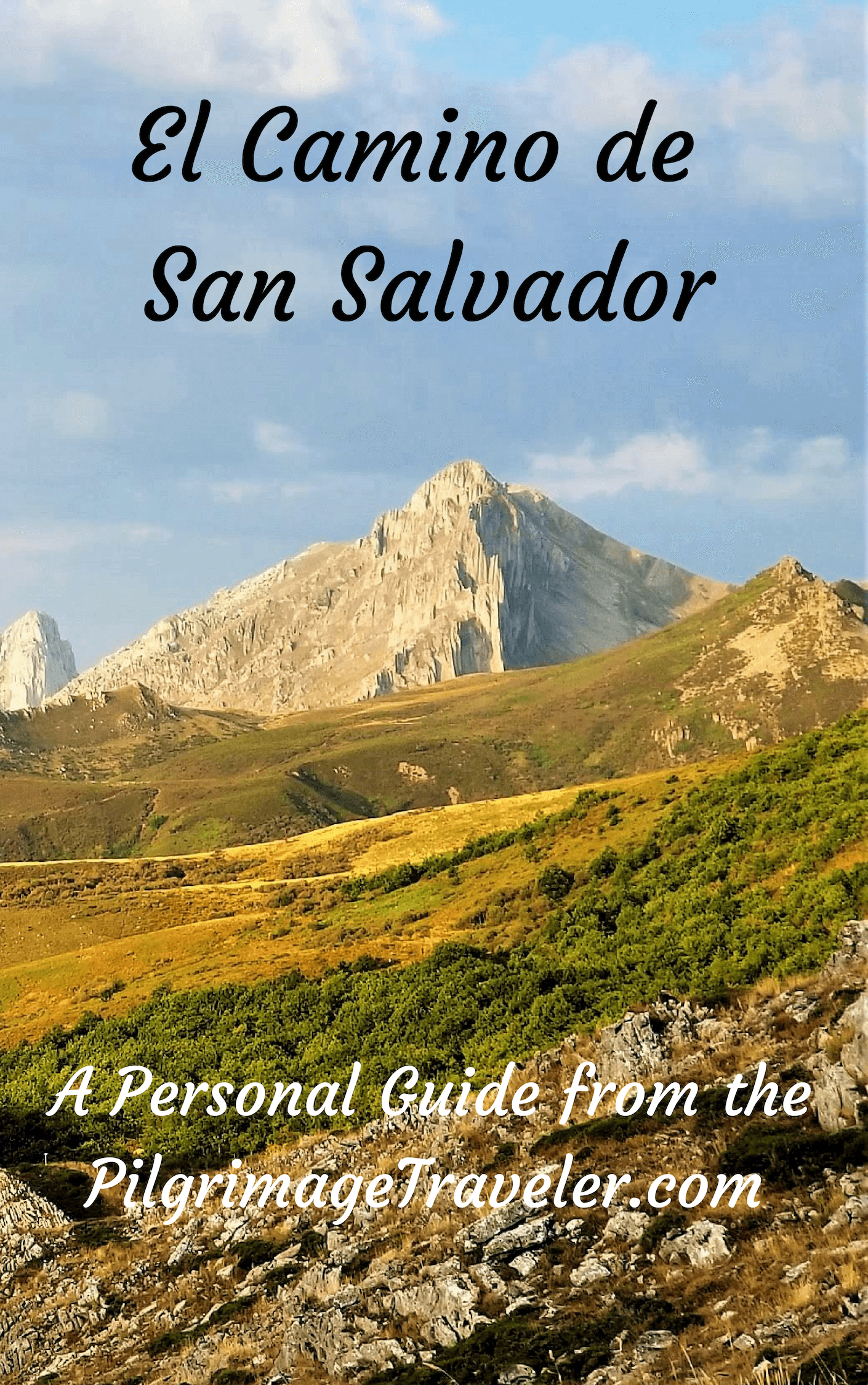
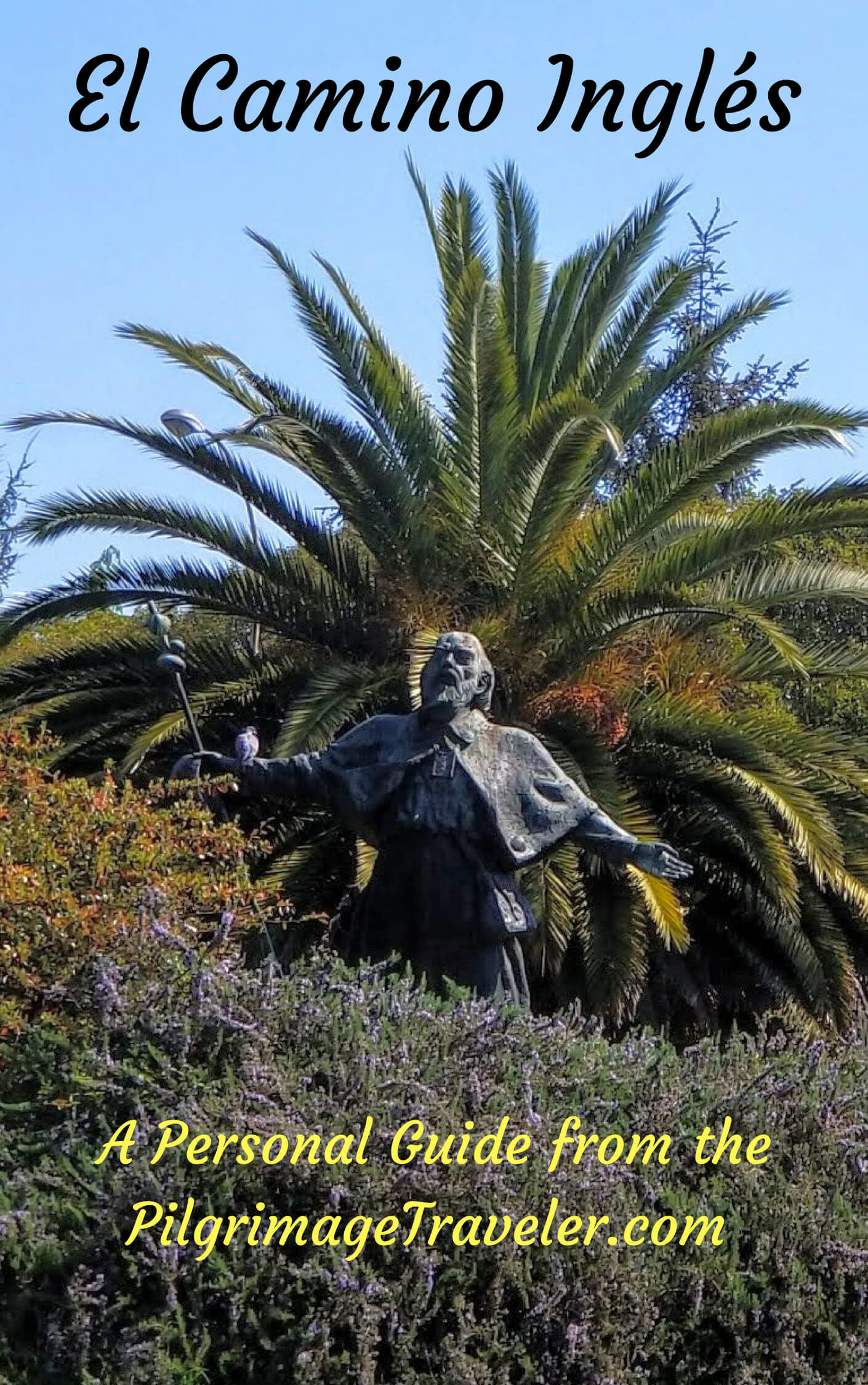
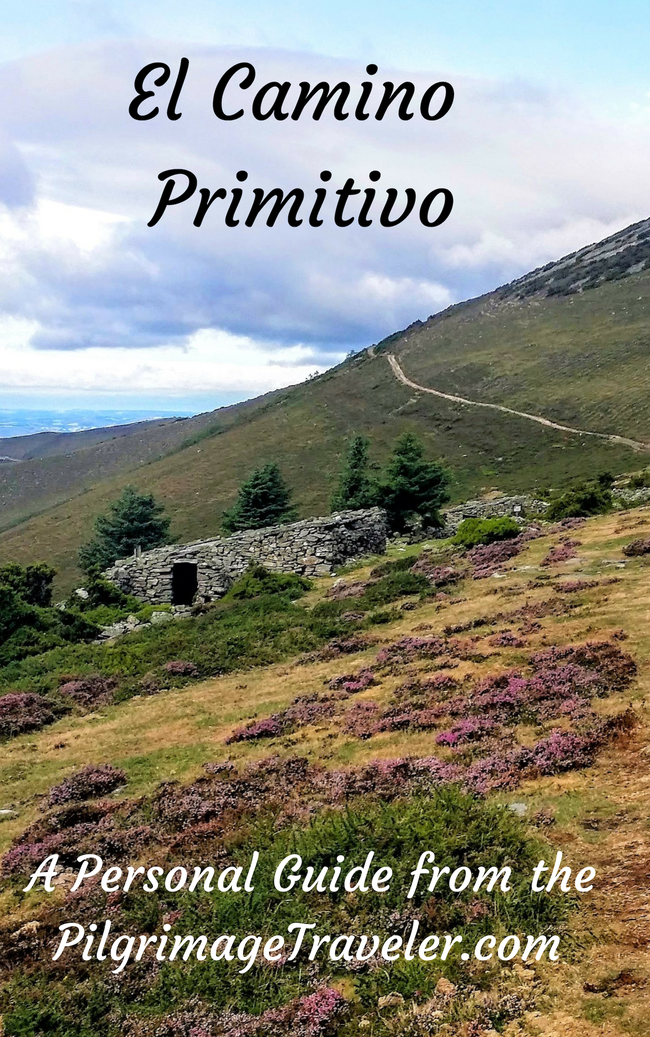
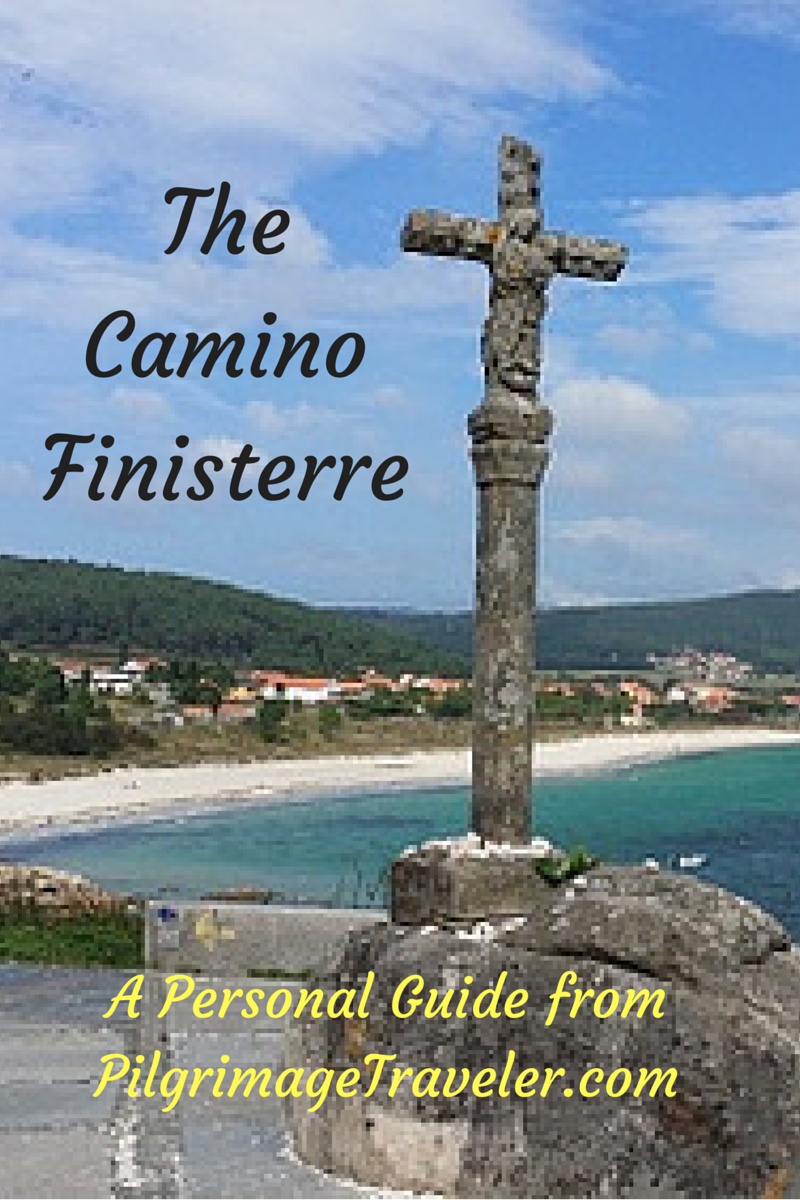
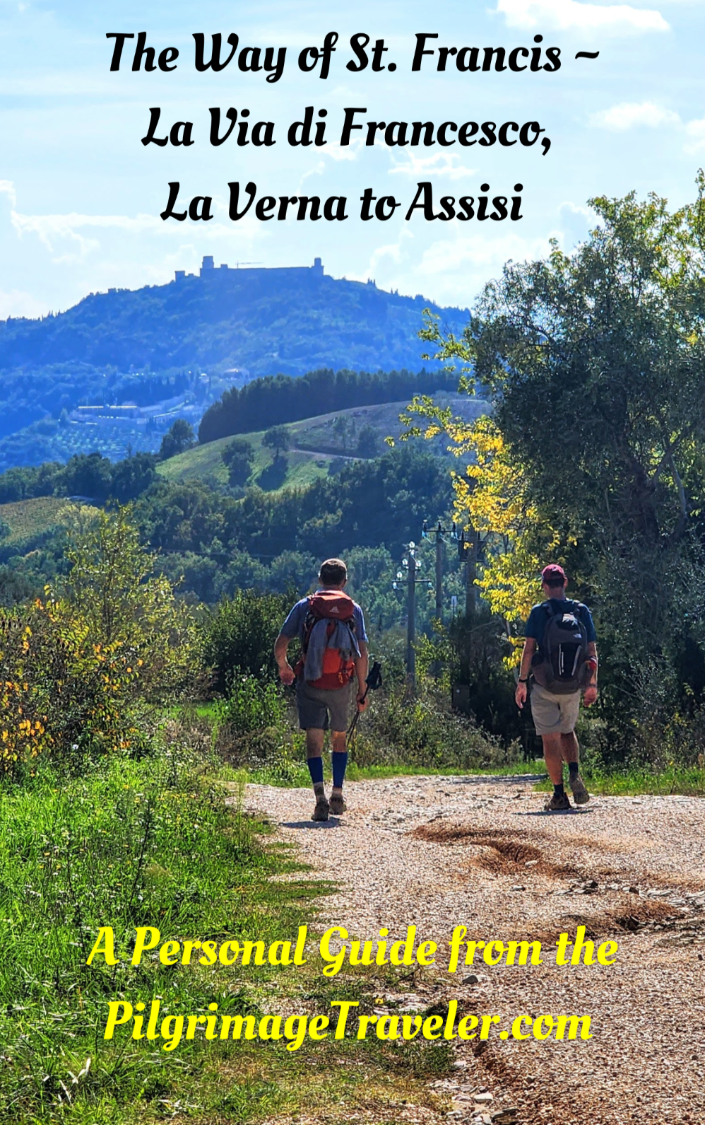
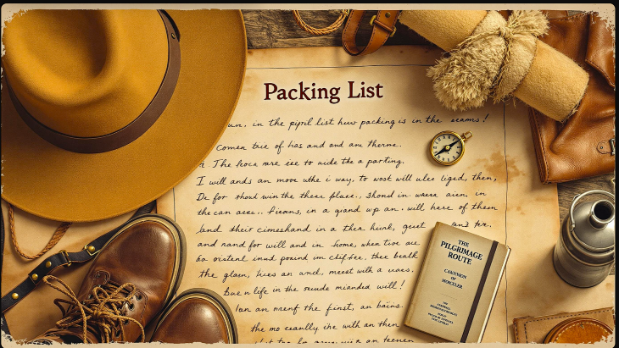


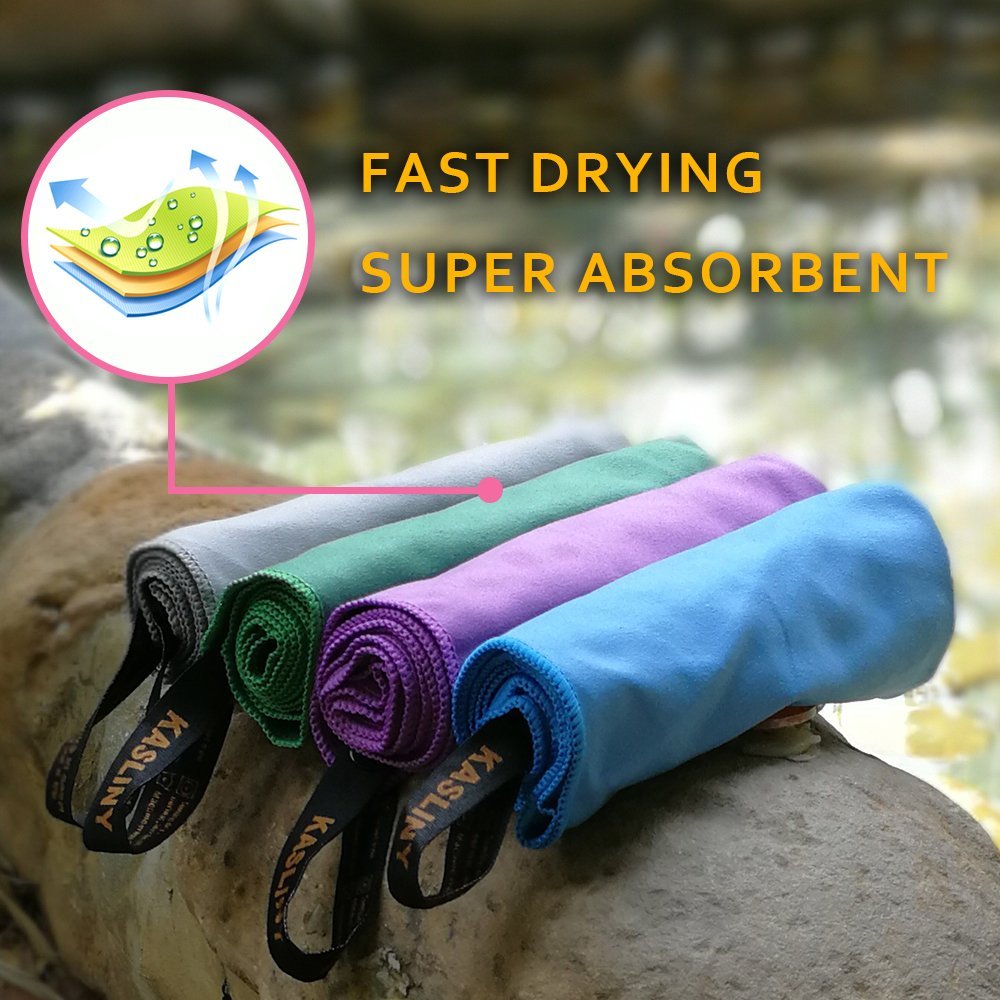
Your Opinion Matters! Comments
Have you had a similar experience, have some advice to give, or have something else you'd like to share? We would love to hear from you! Please leave us a comment in the box below.